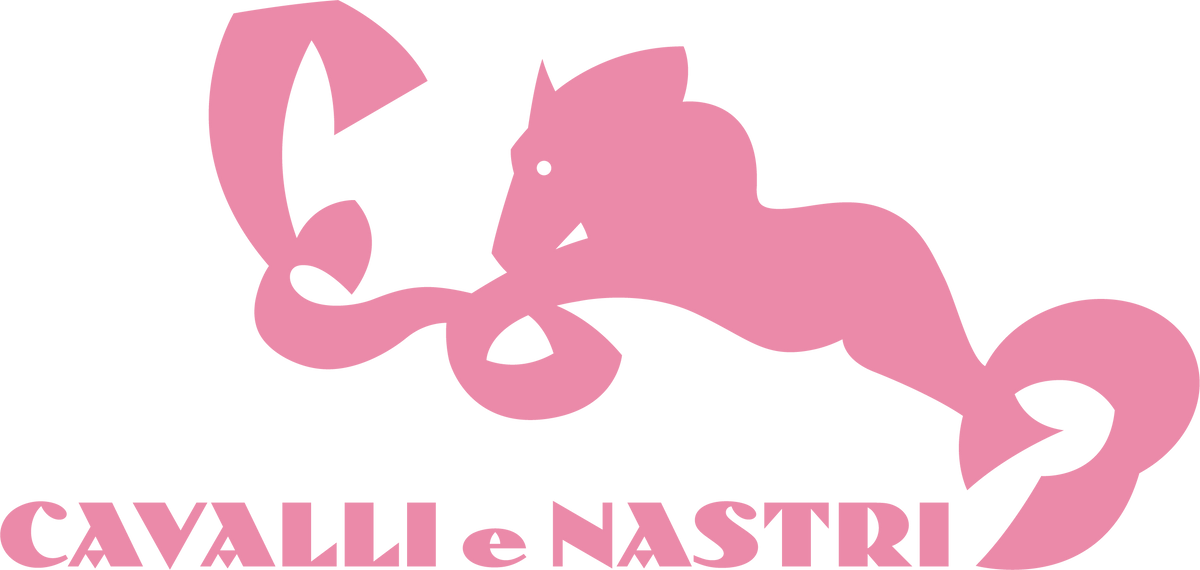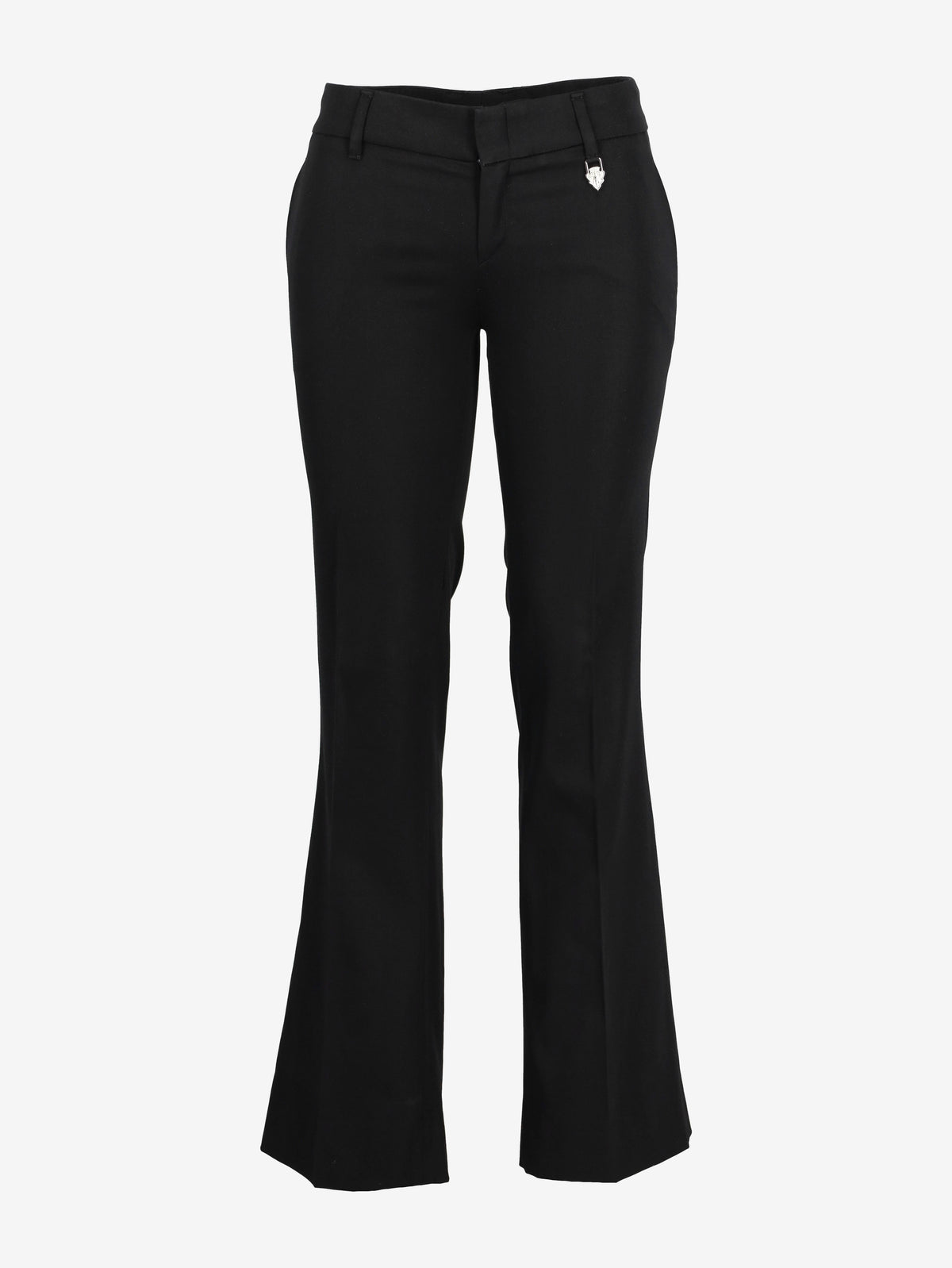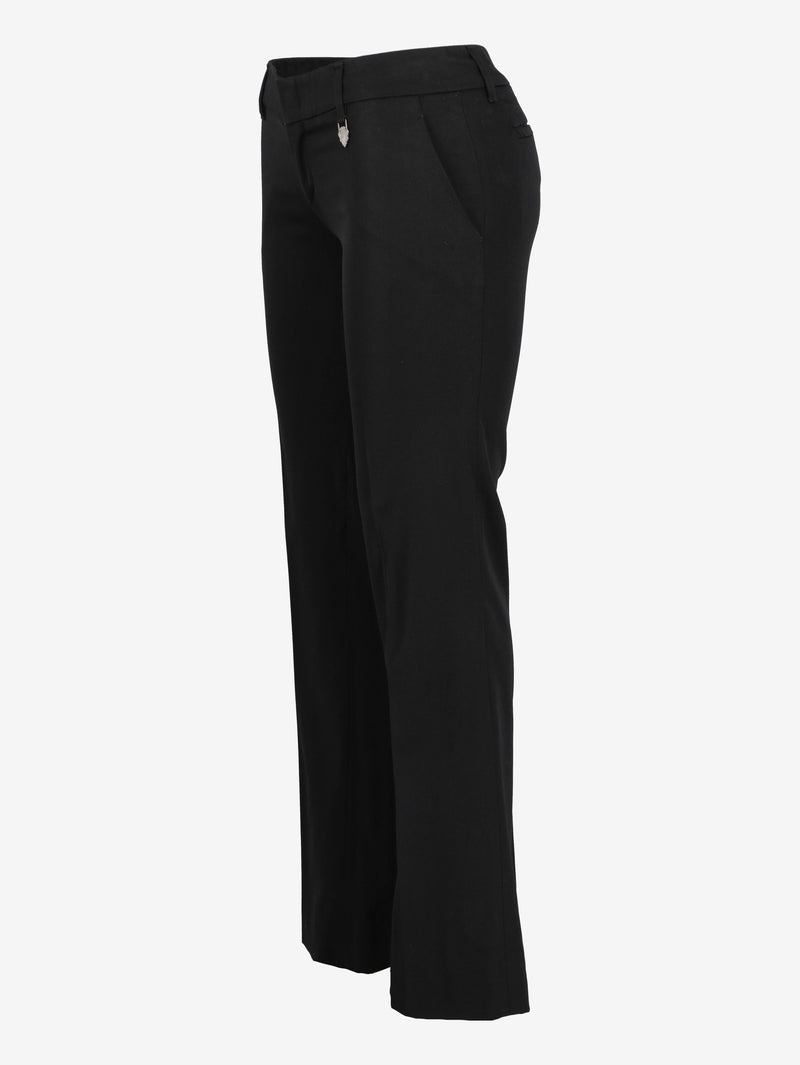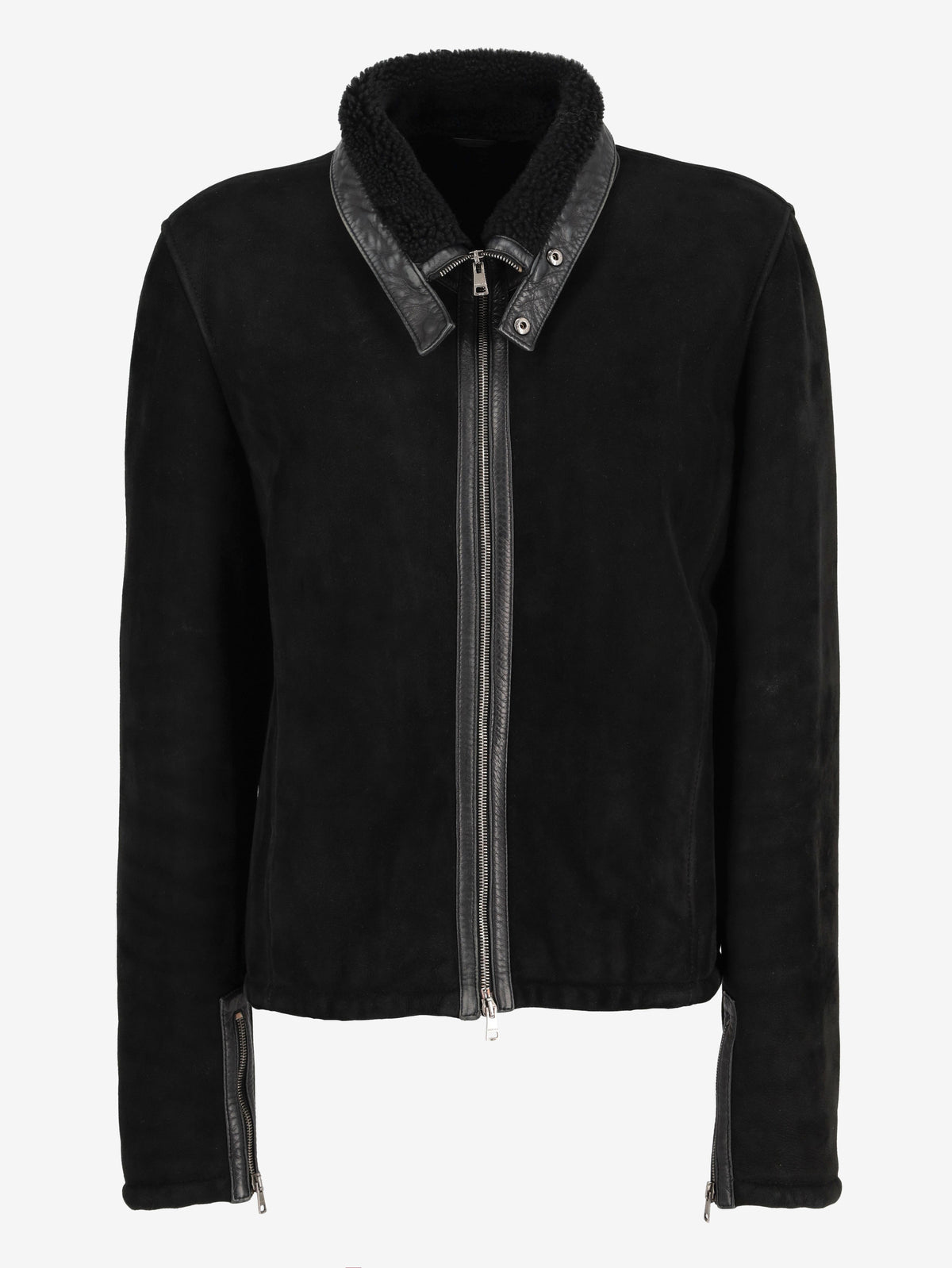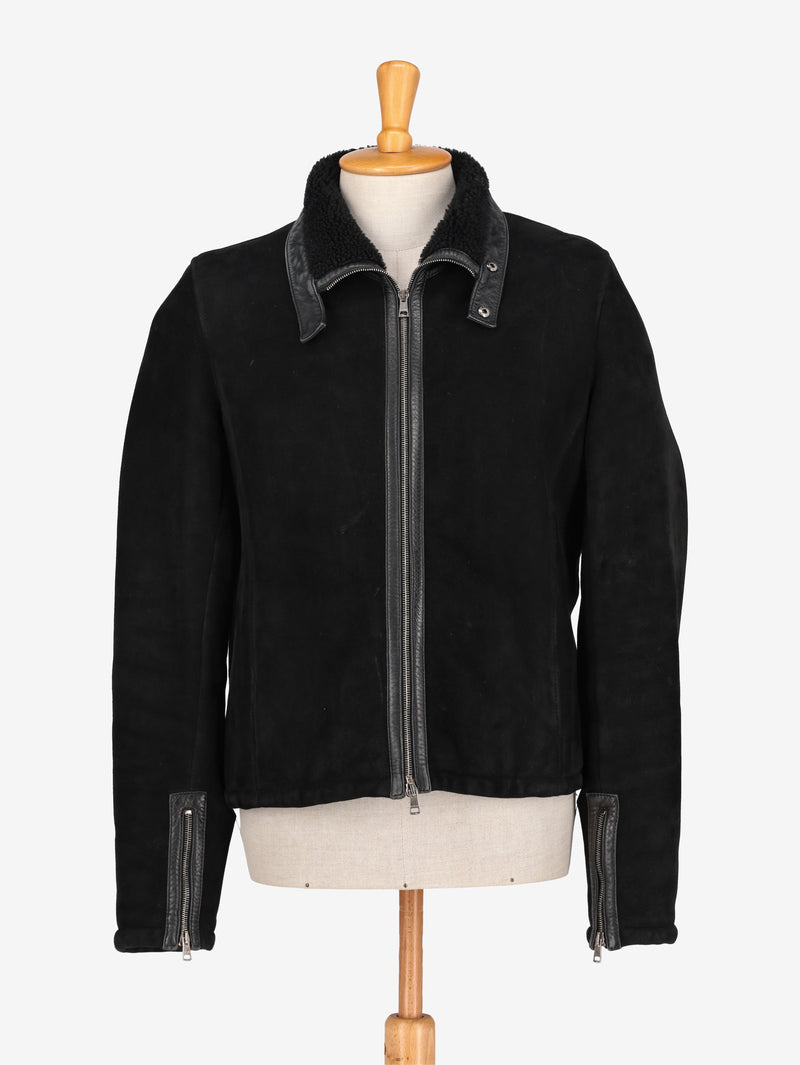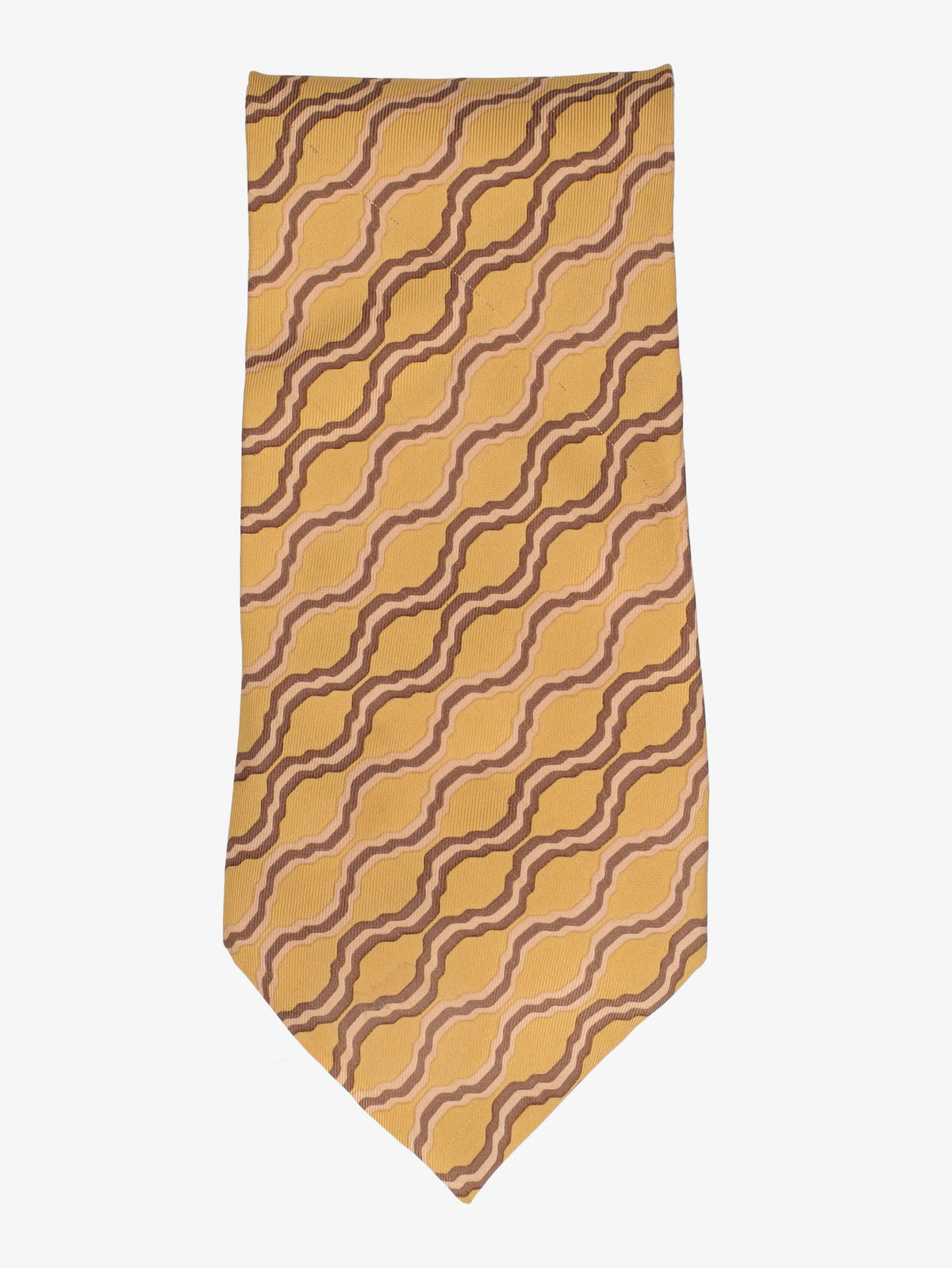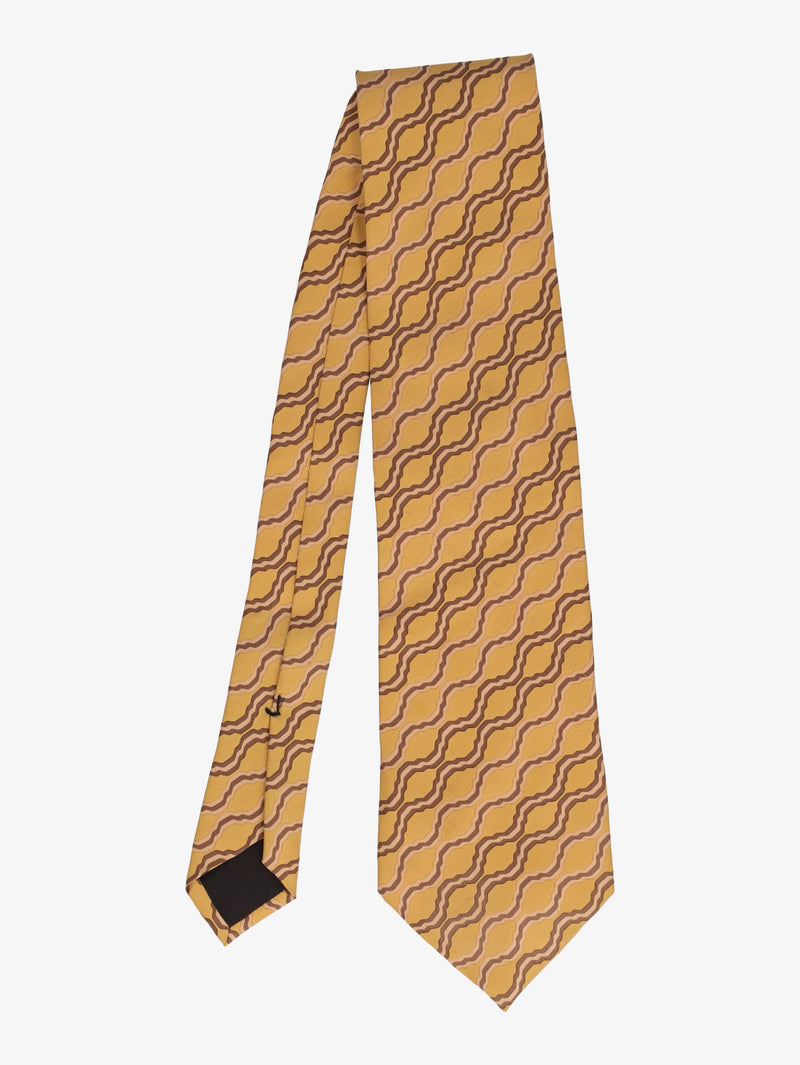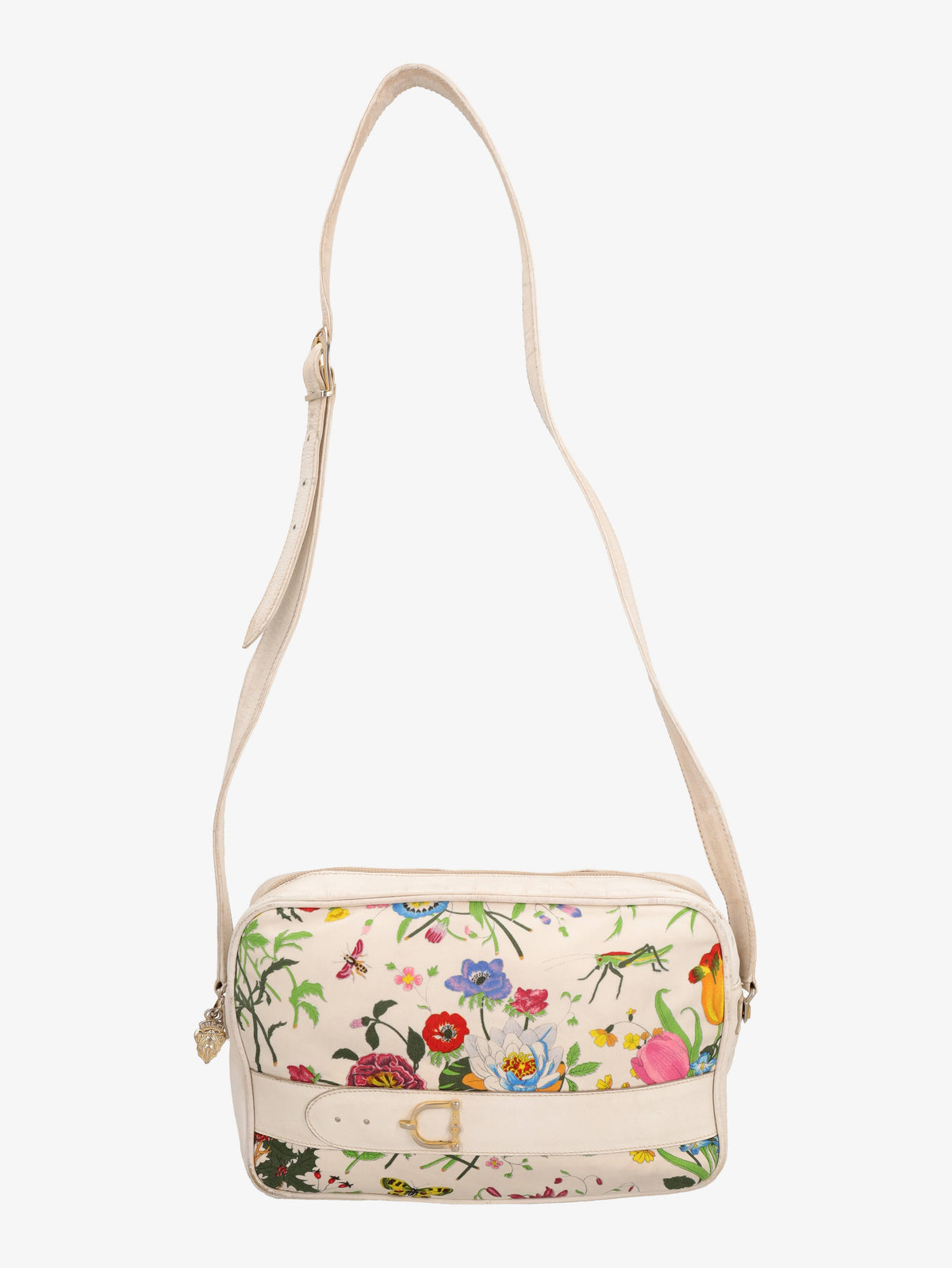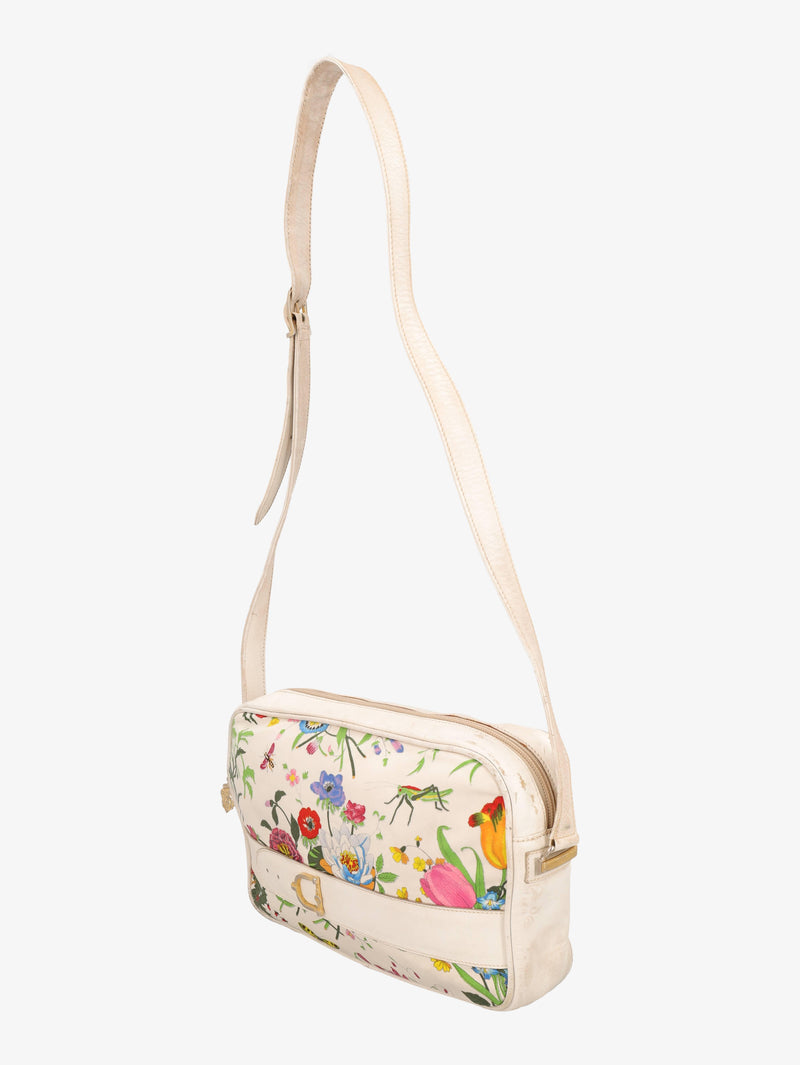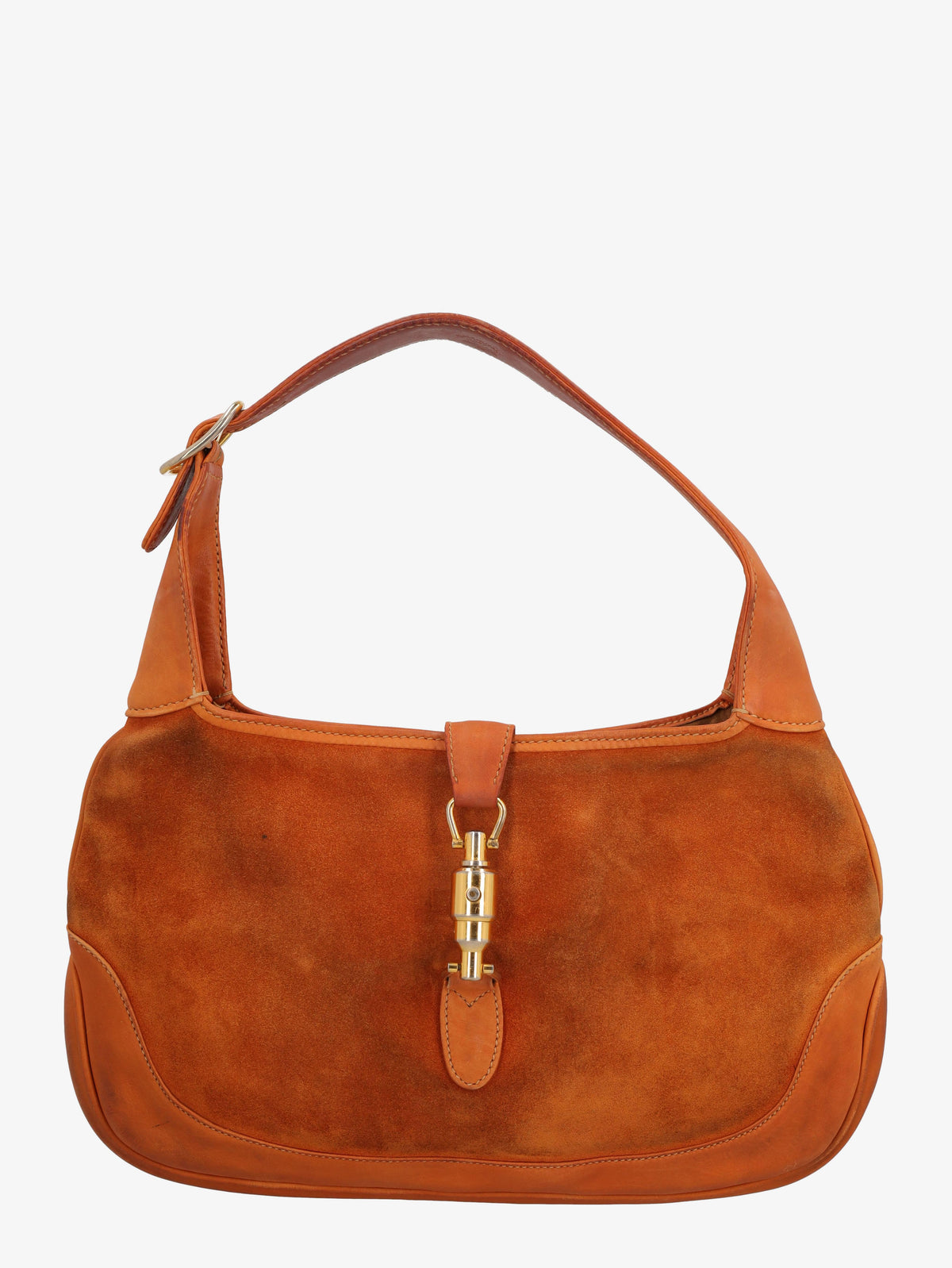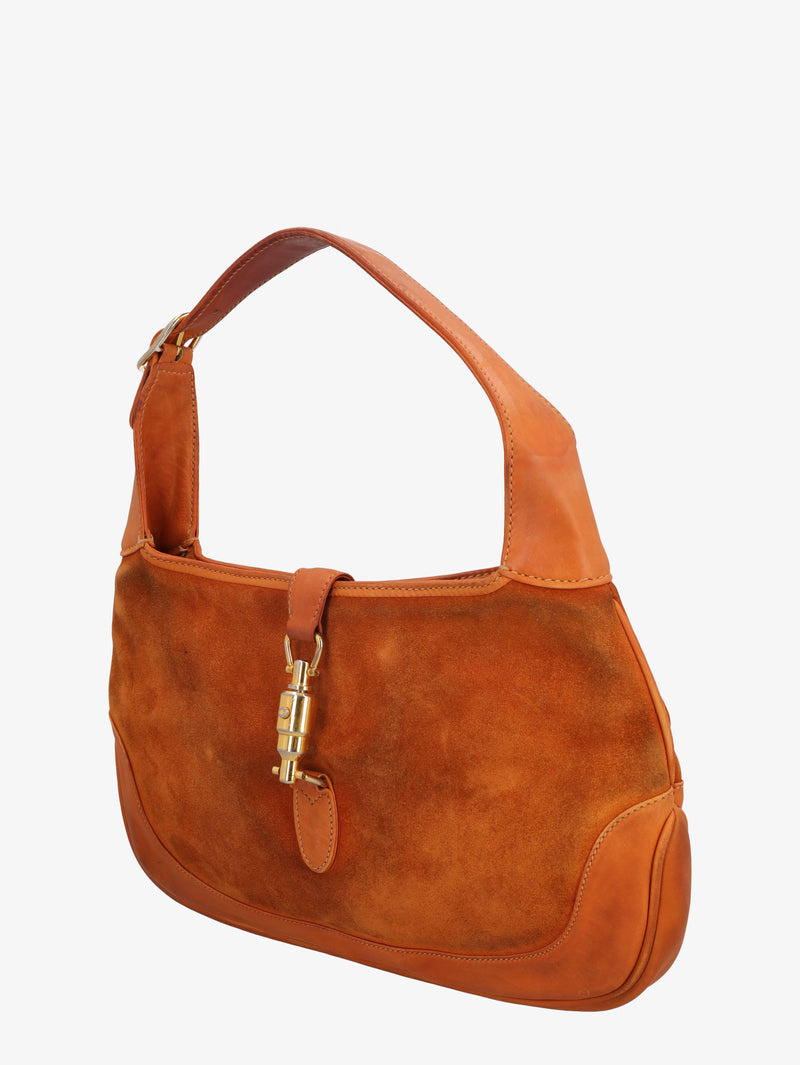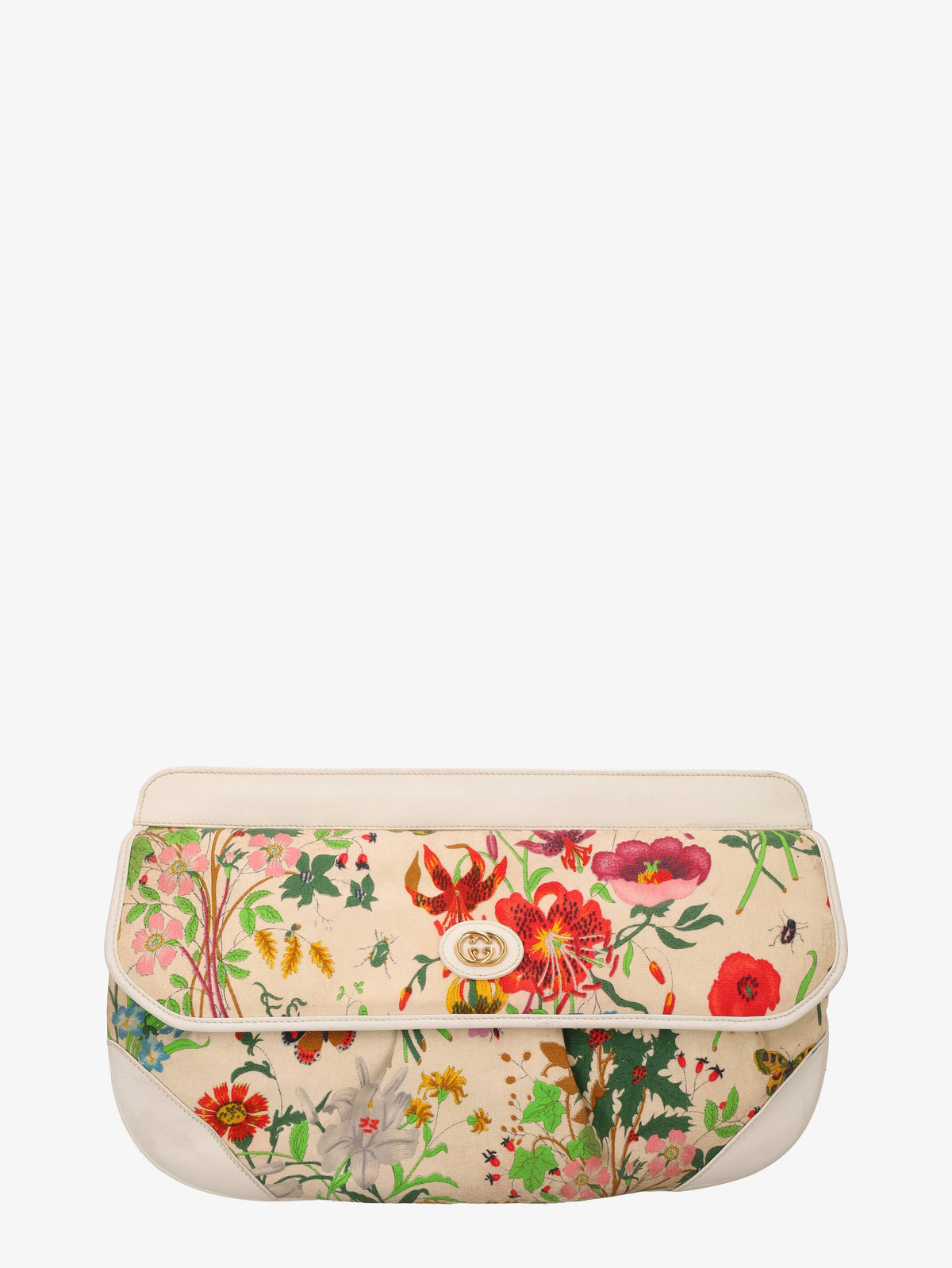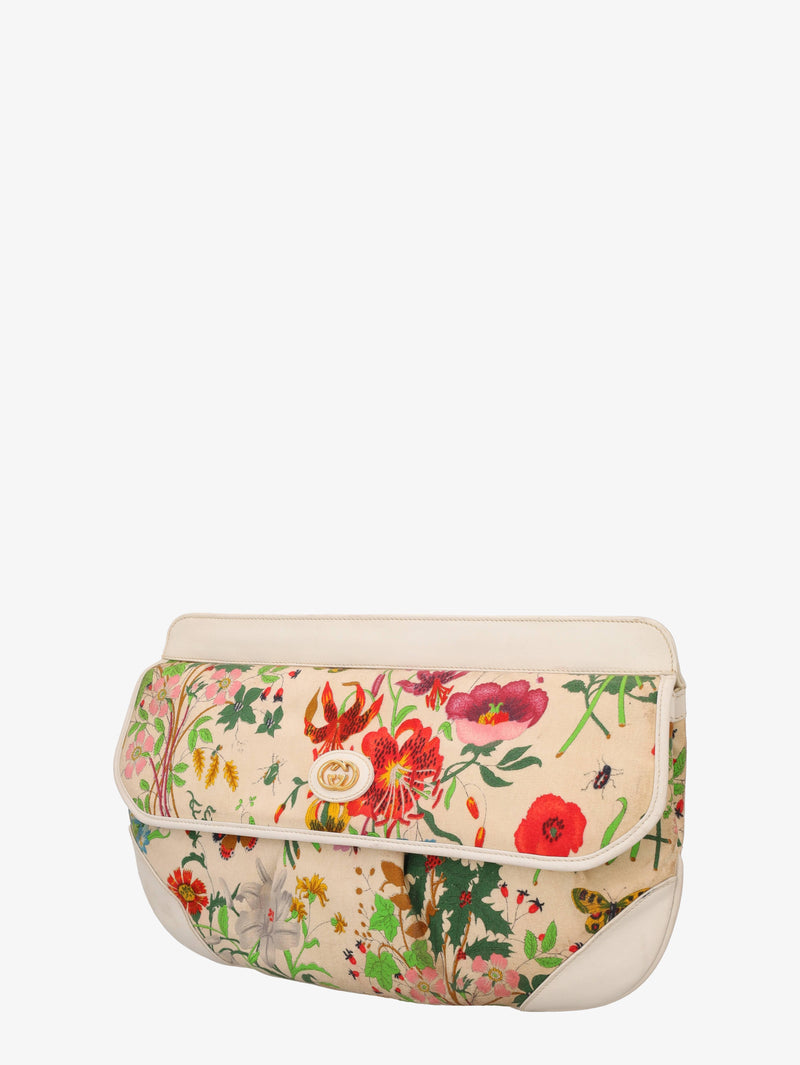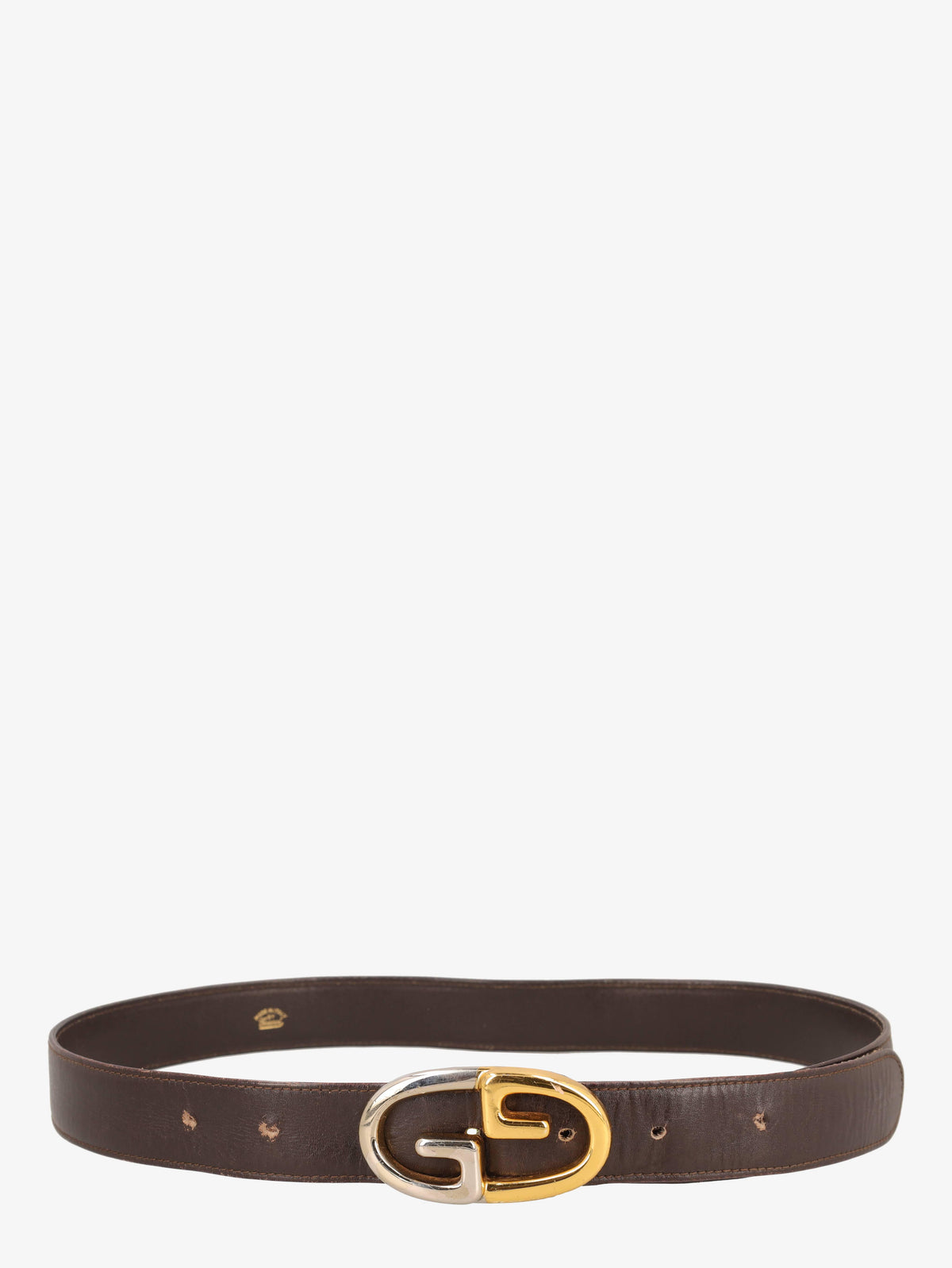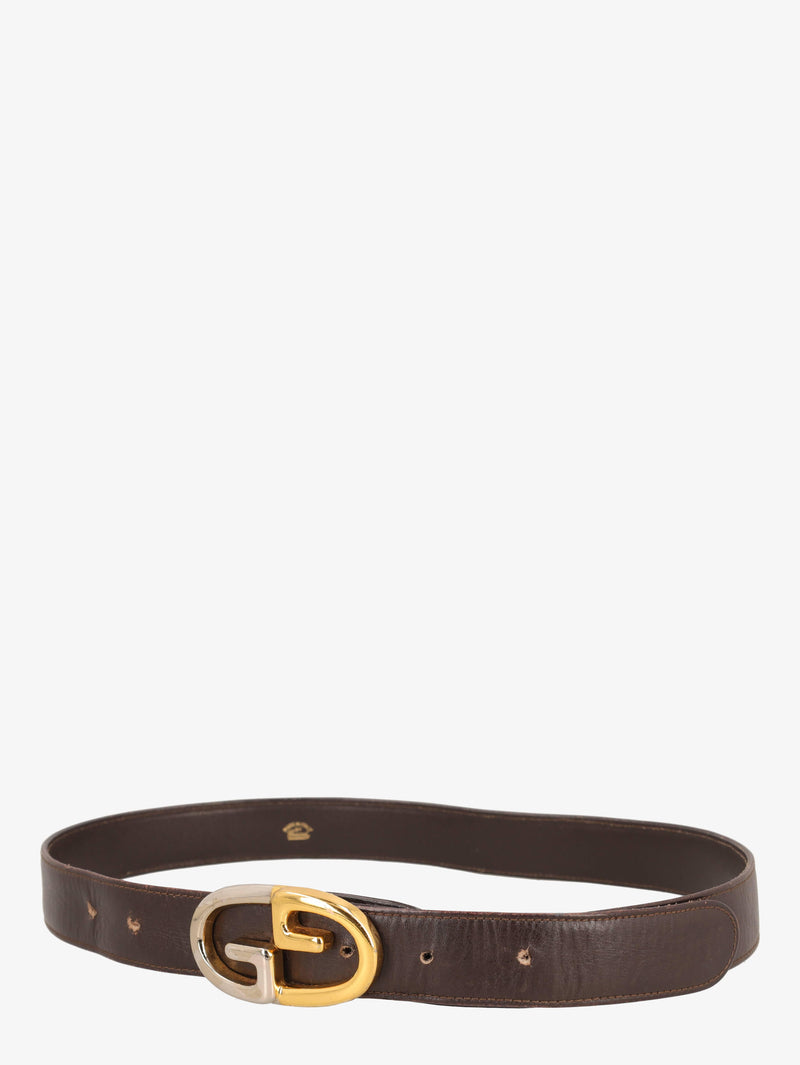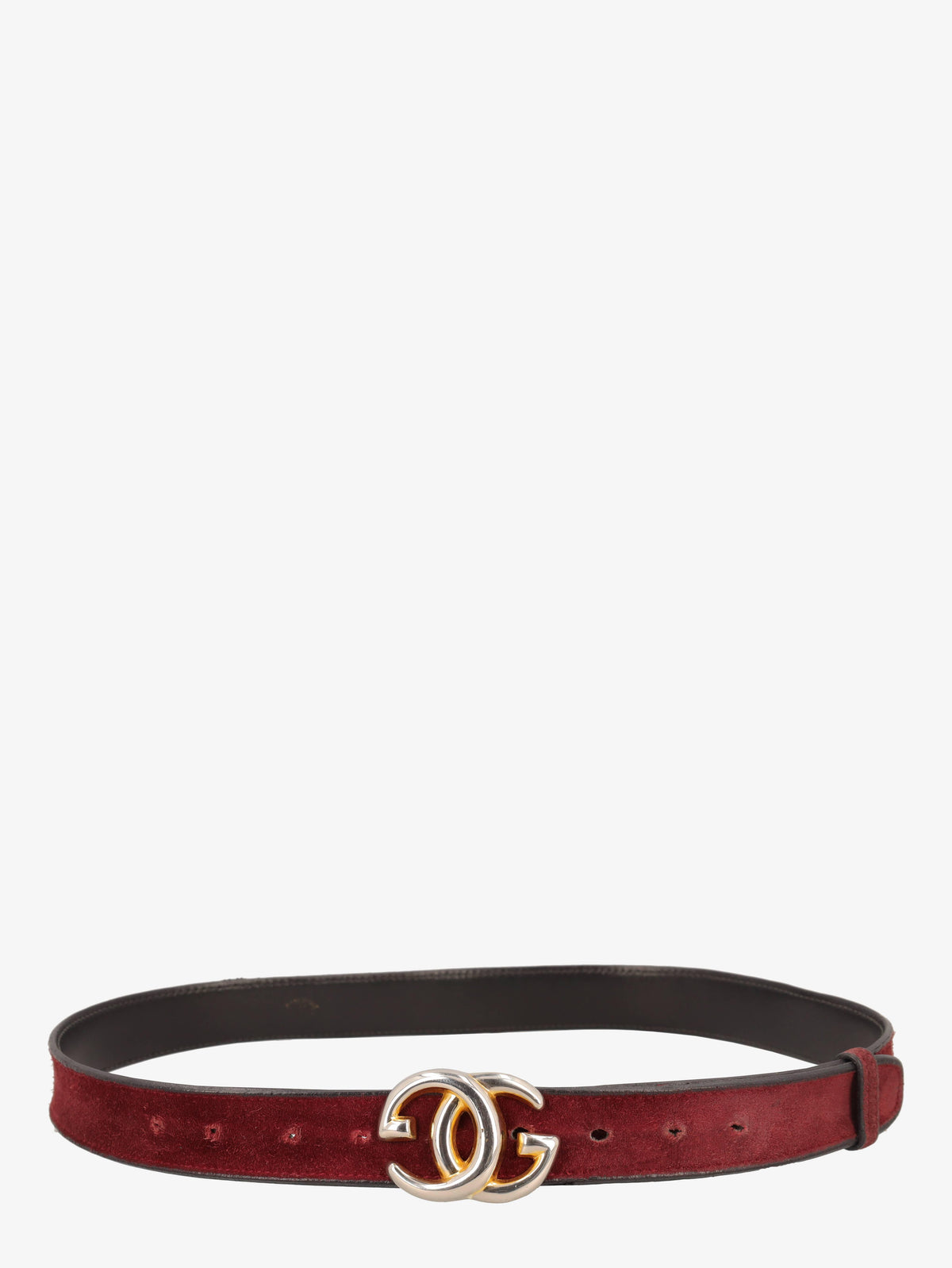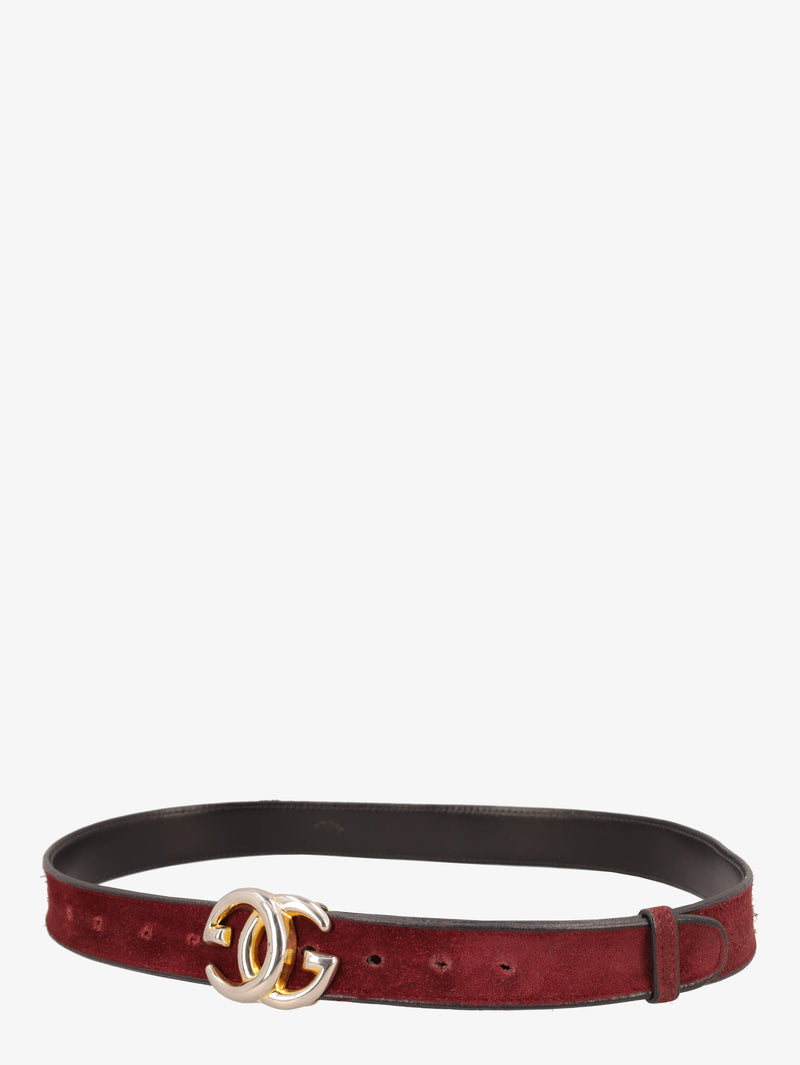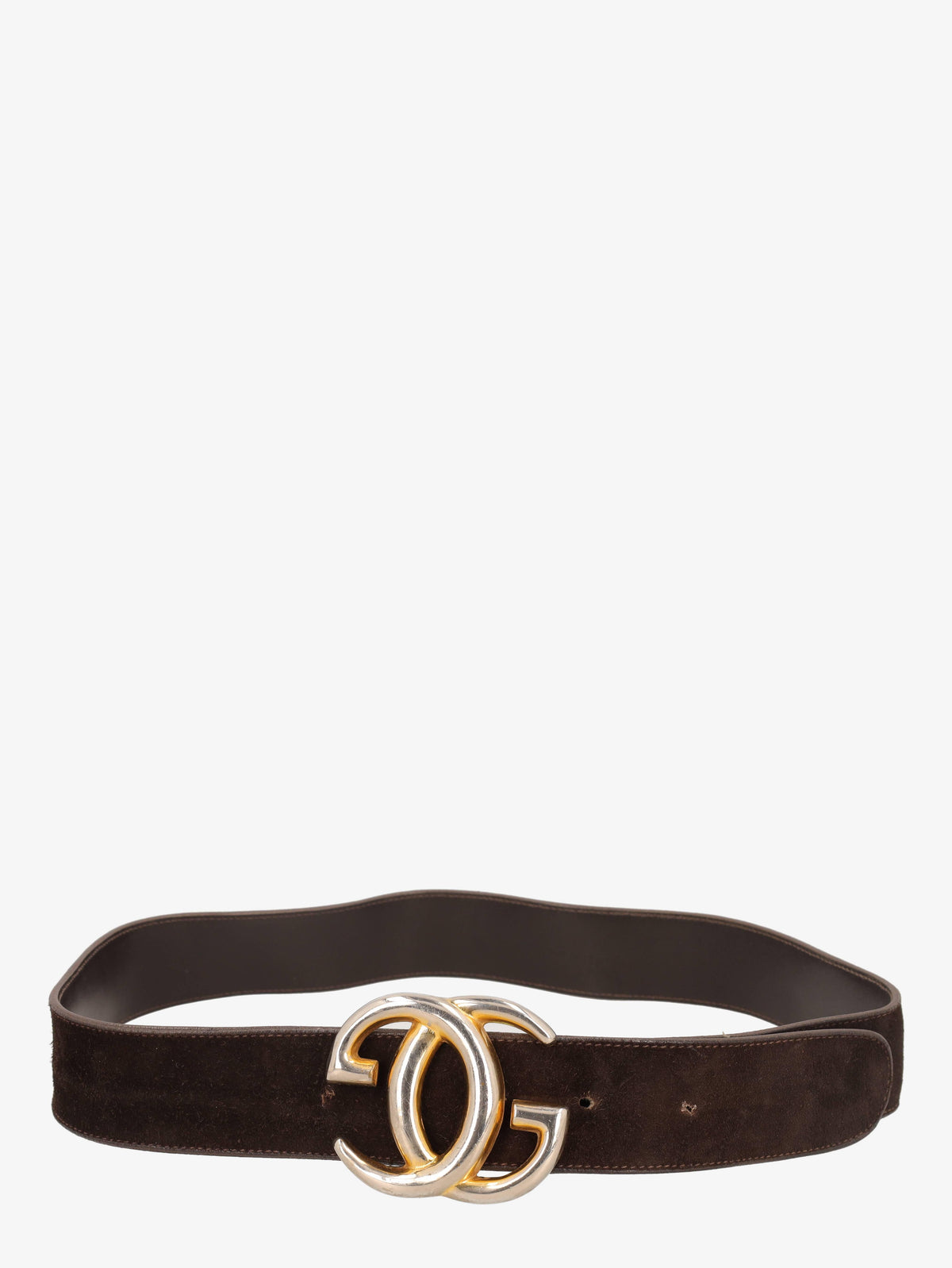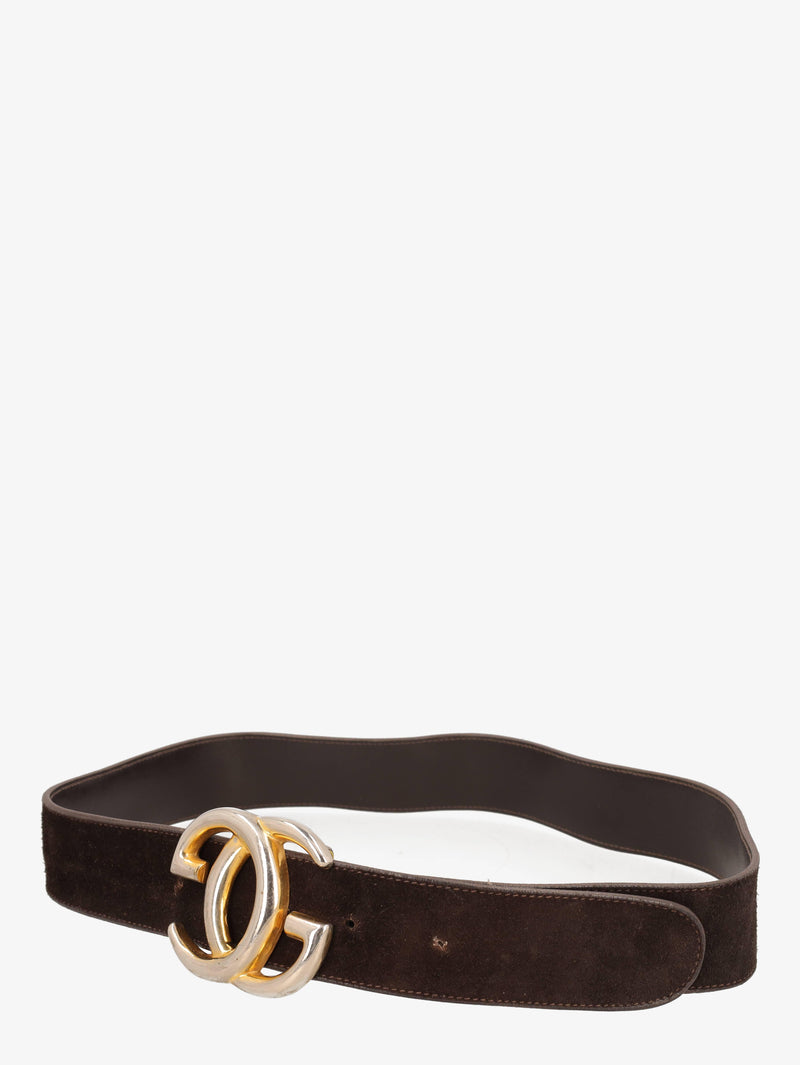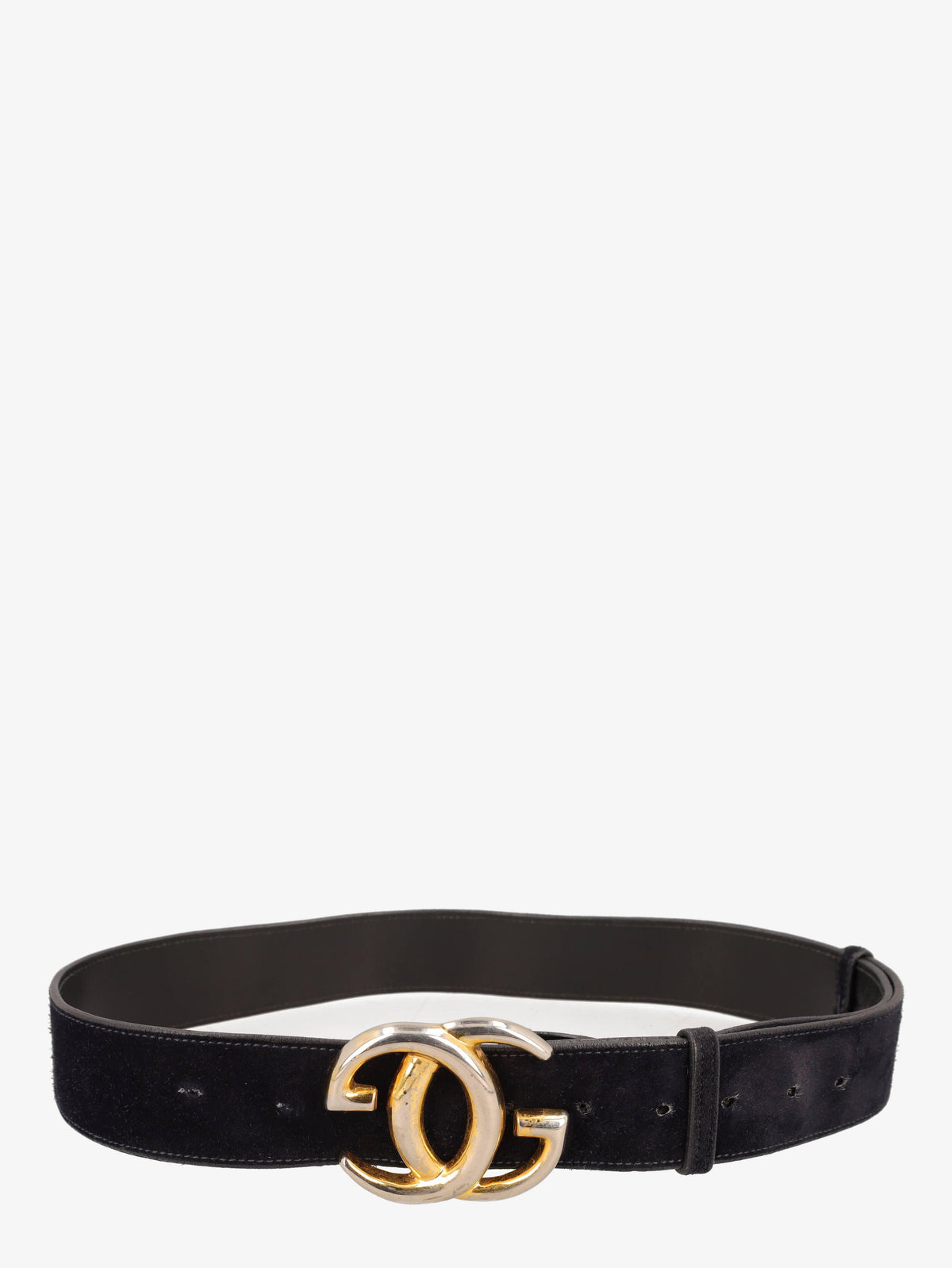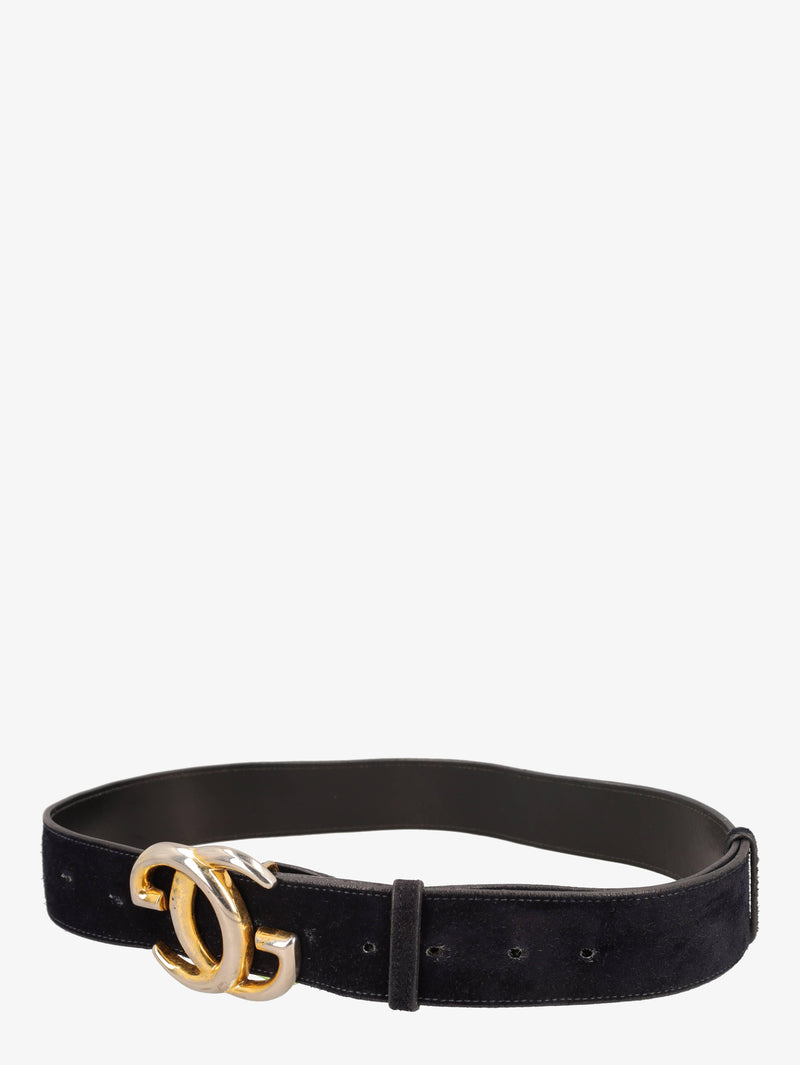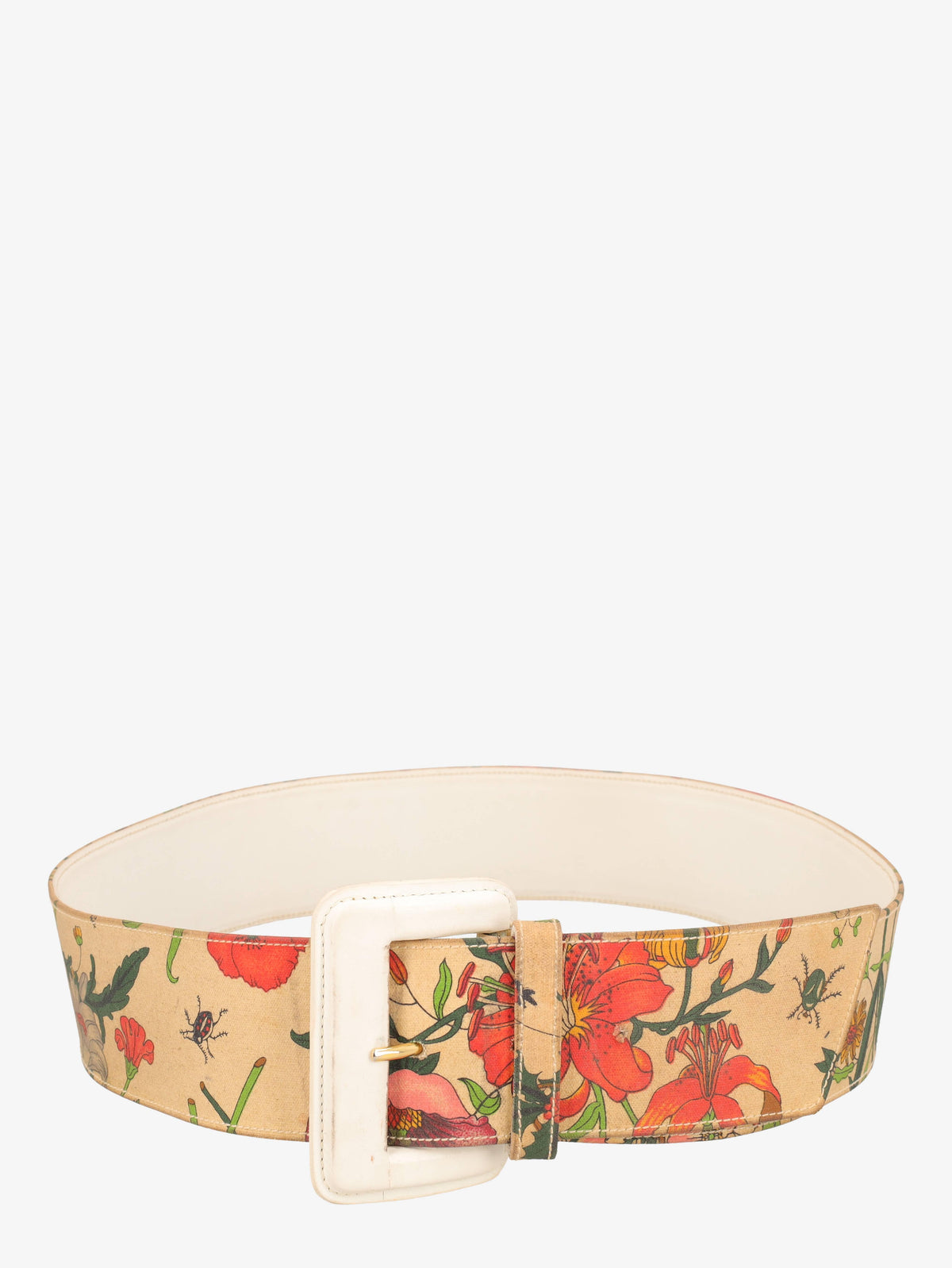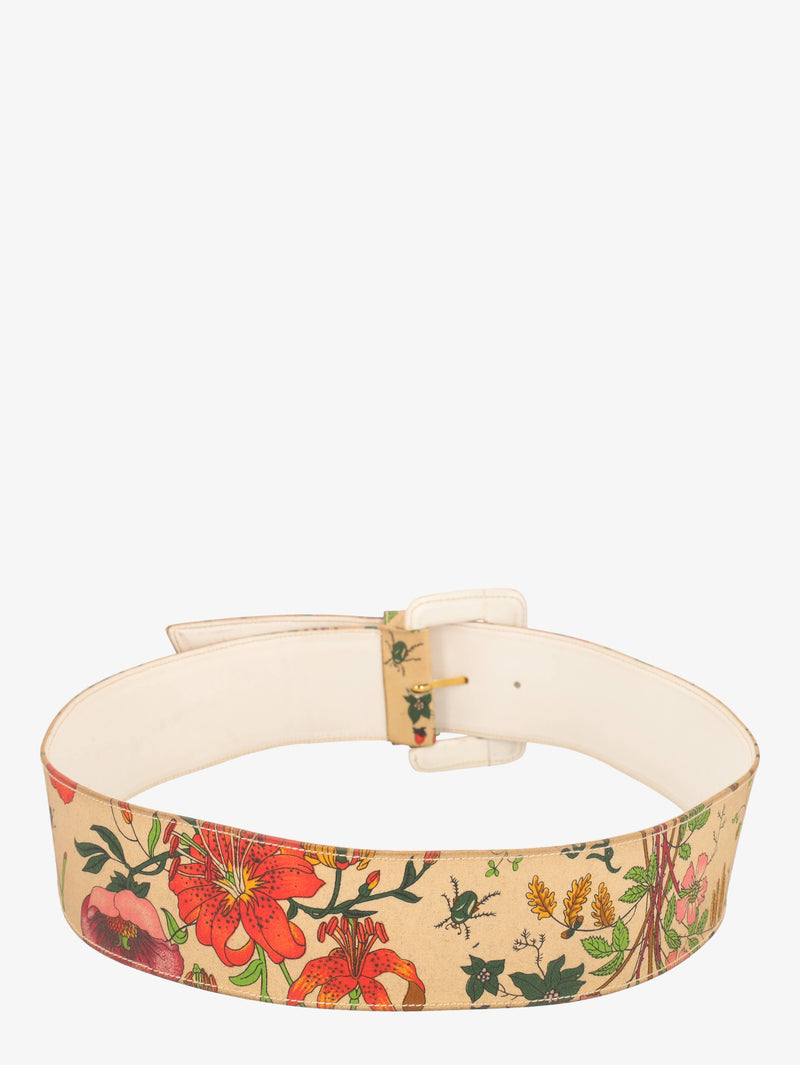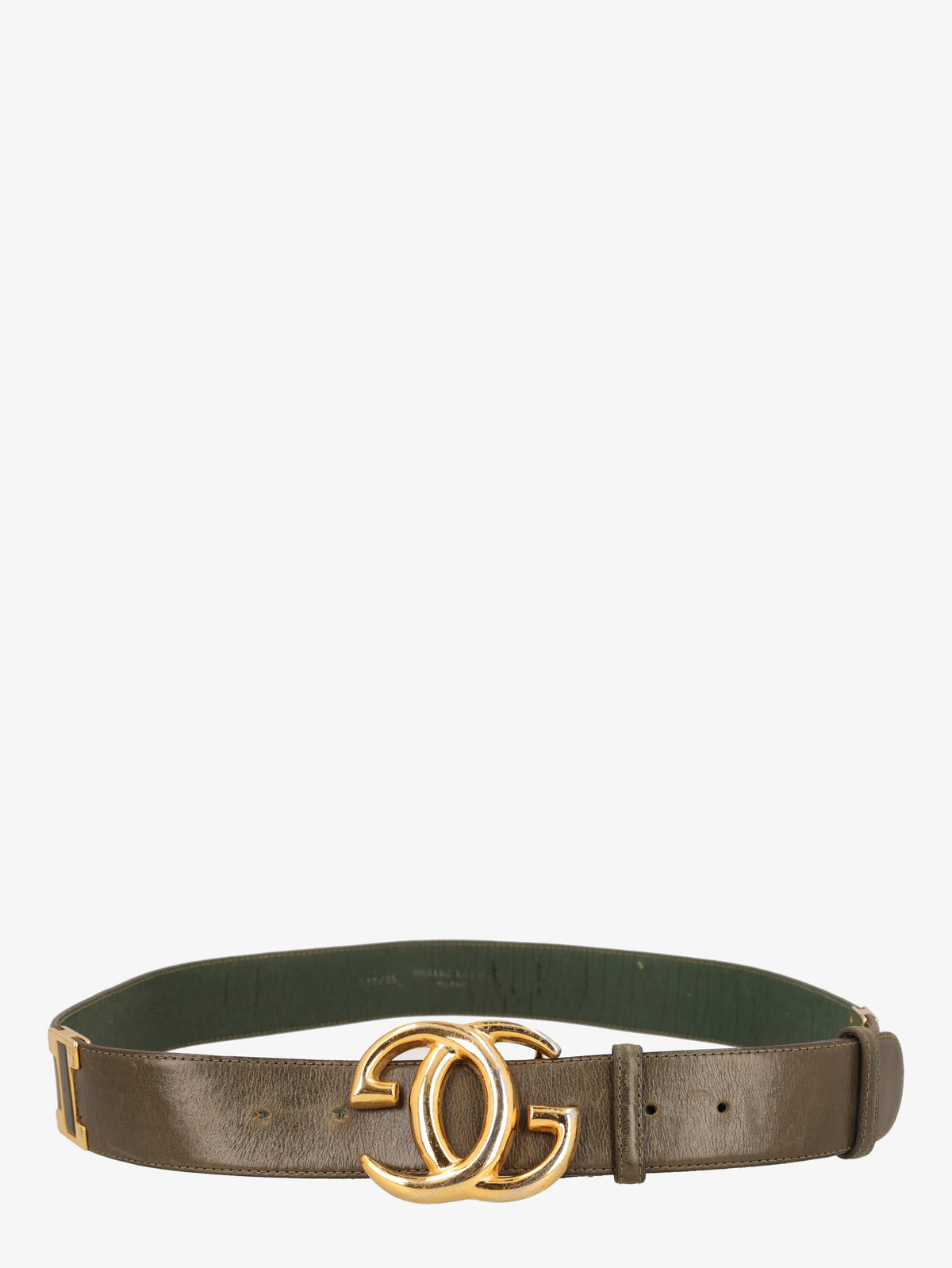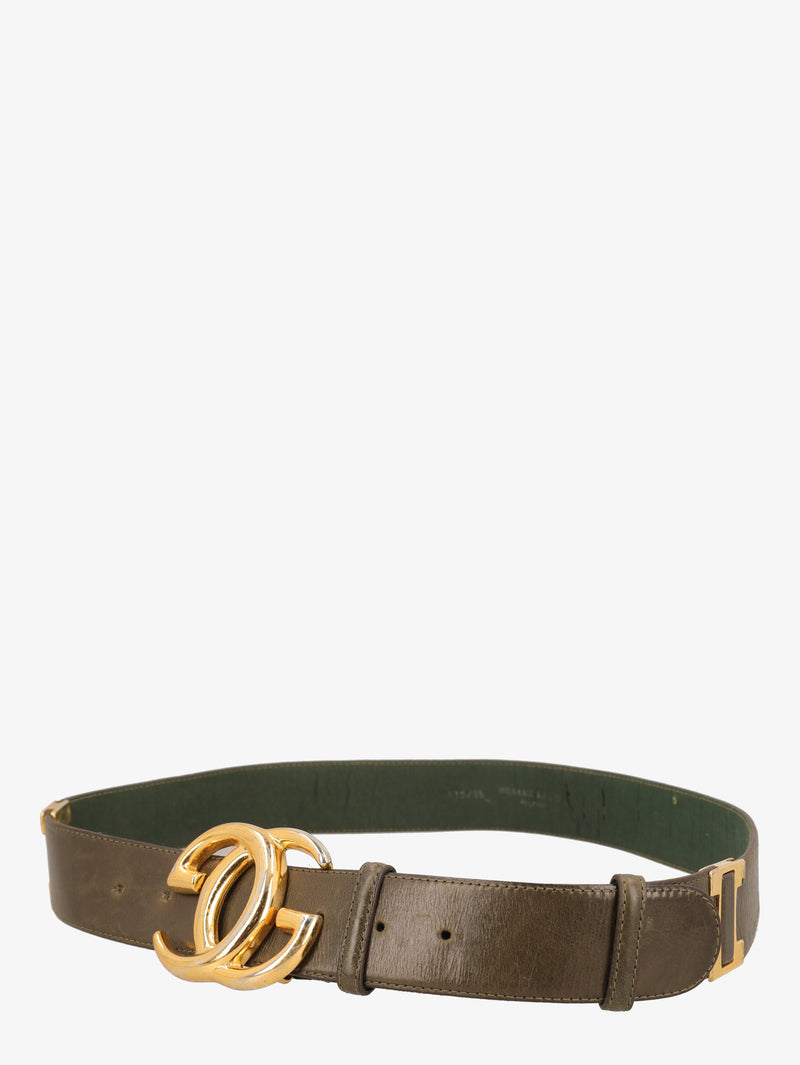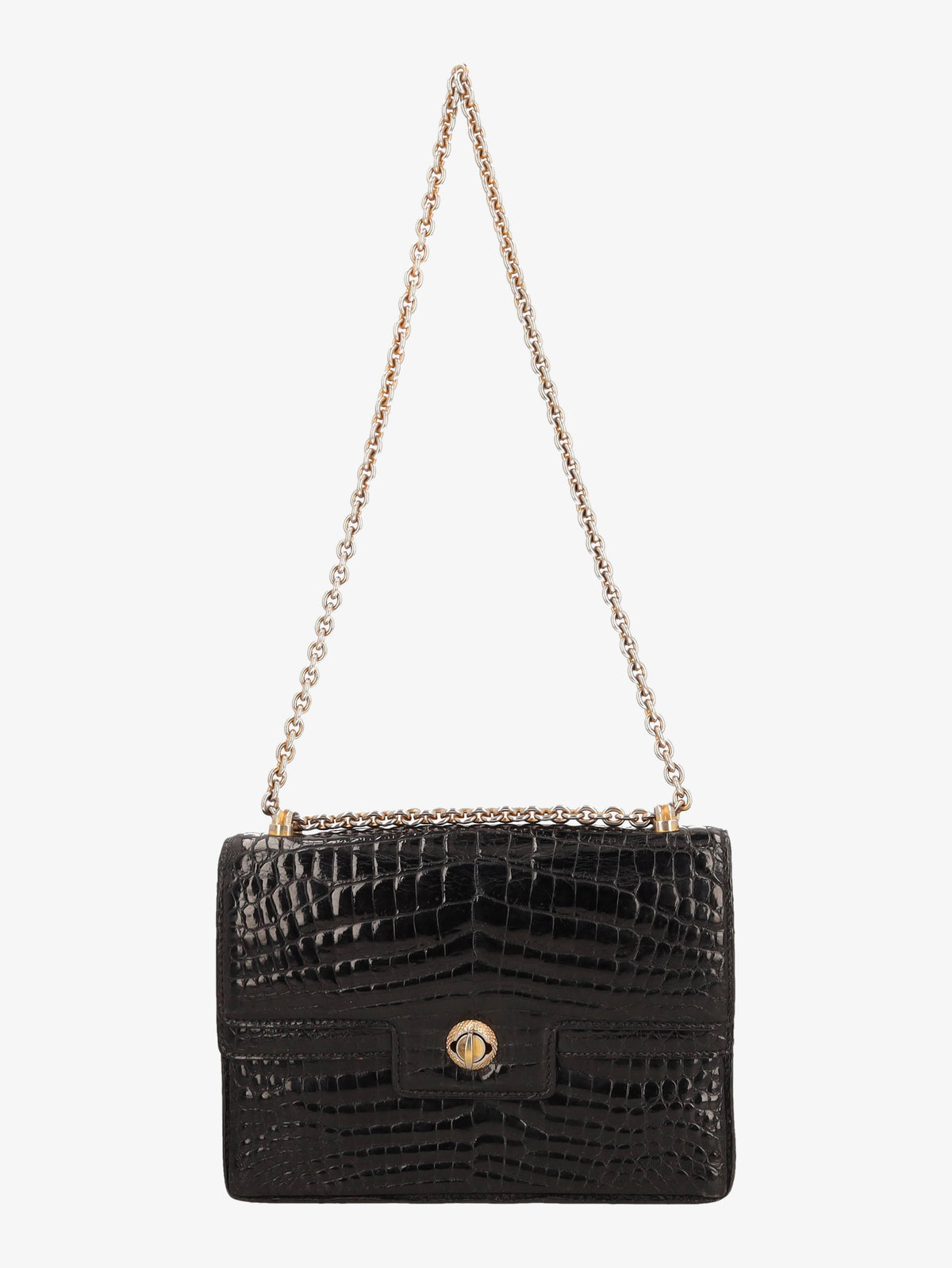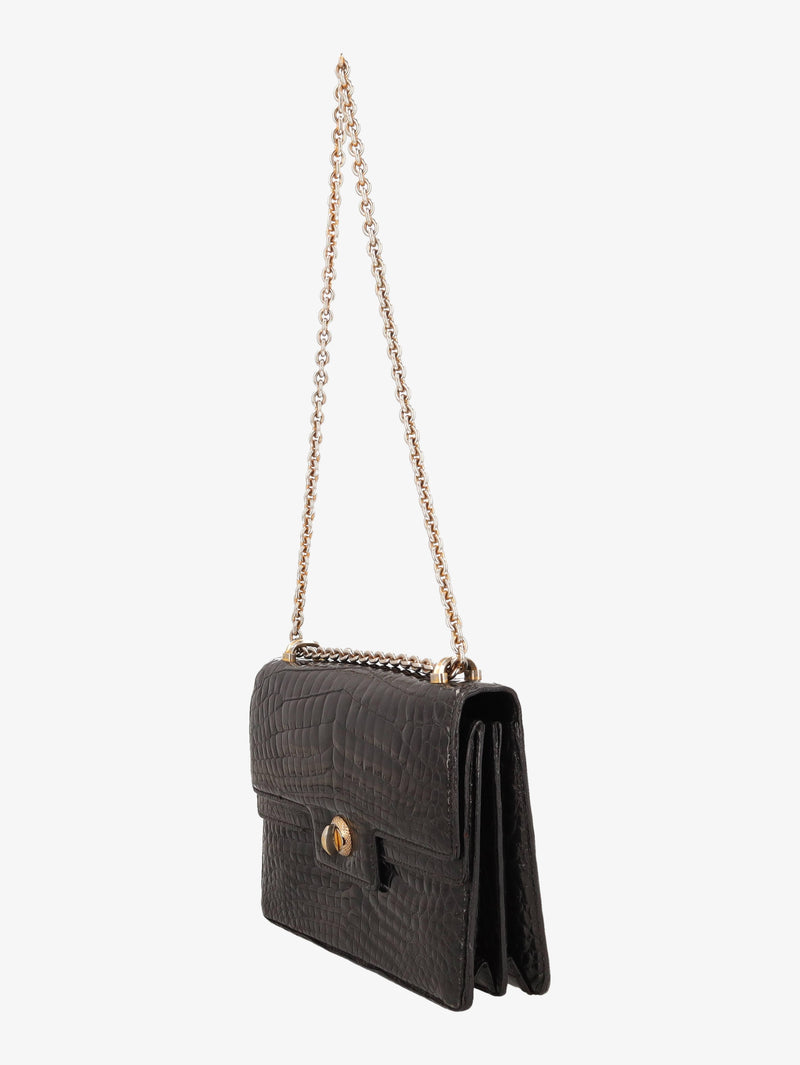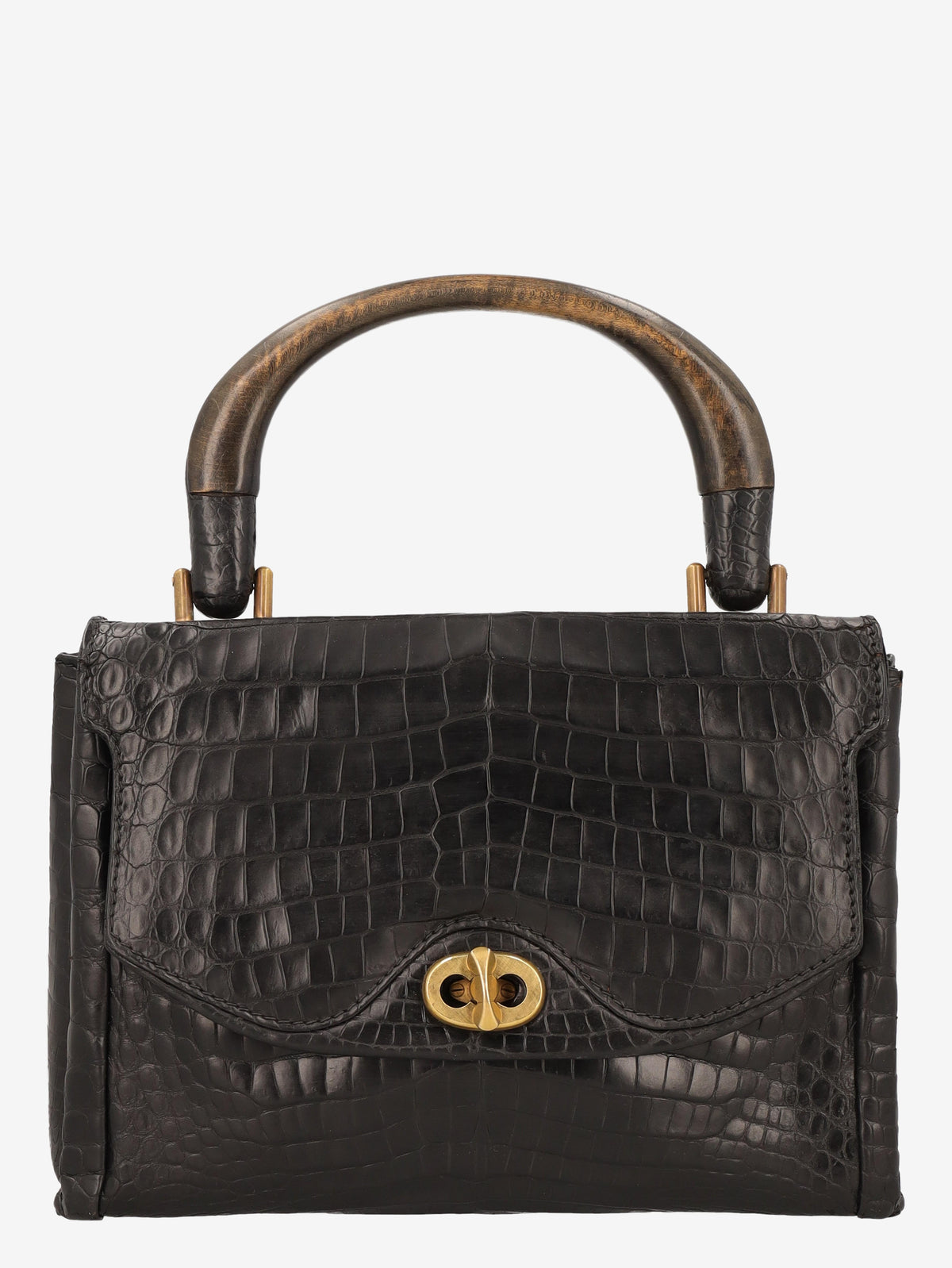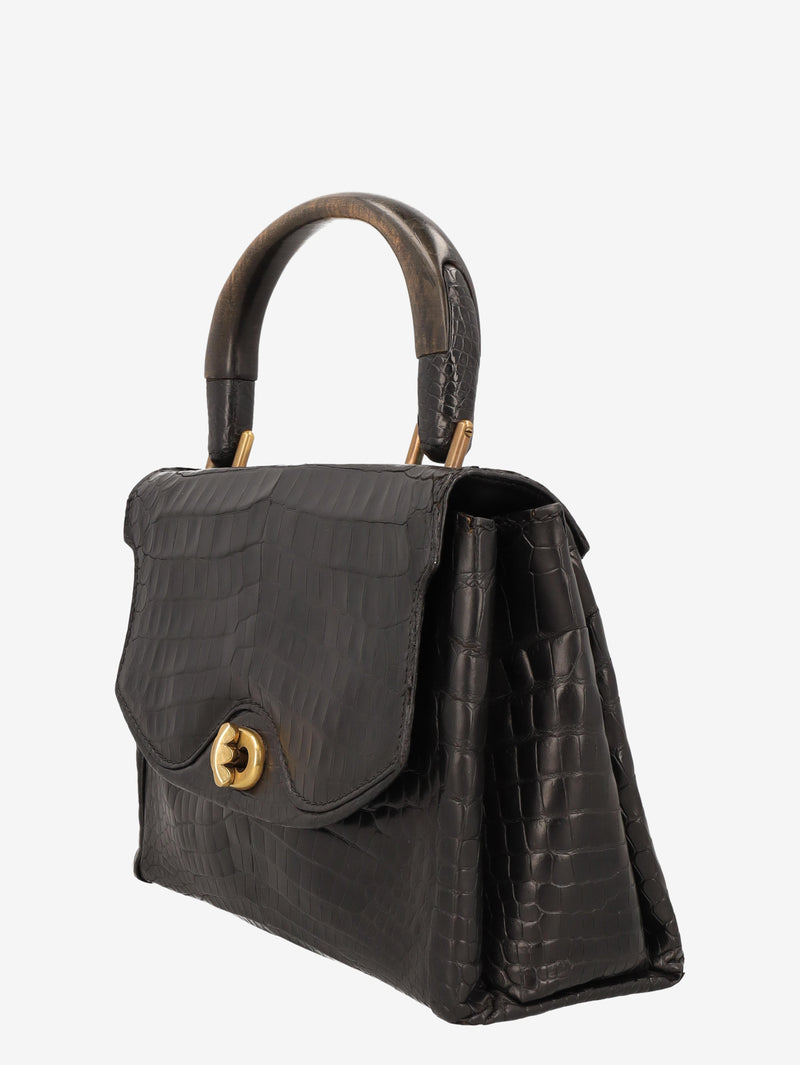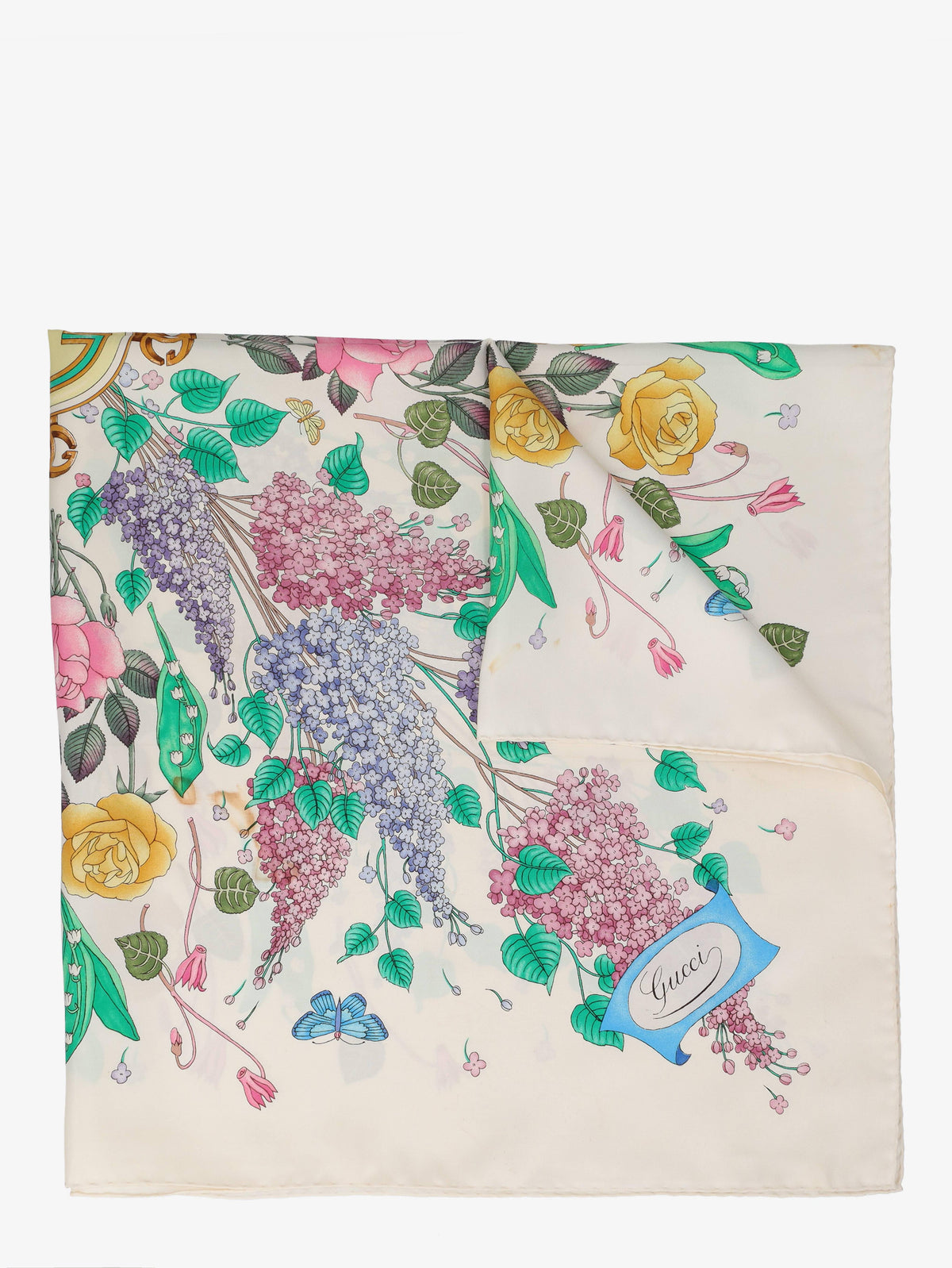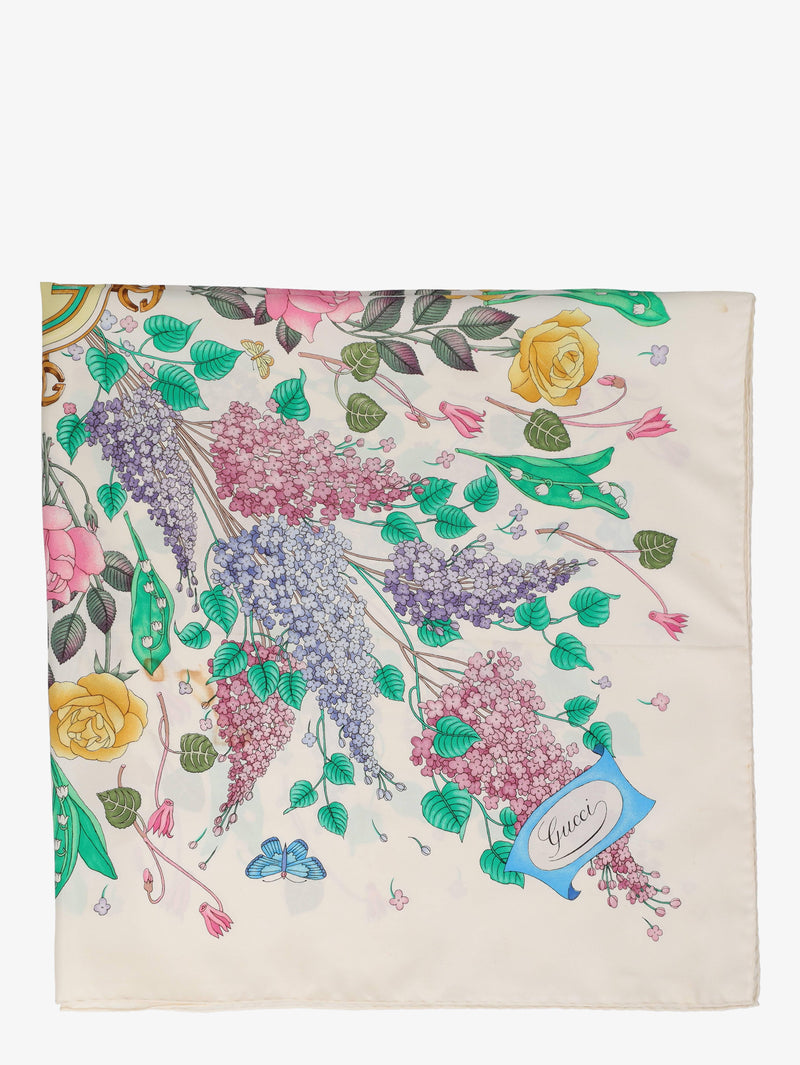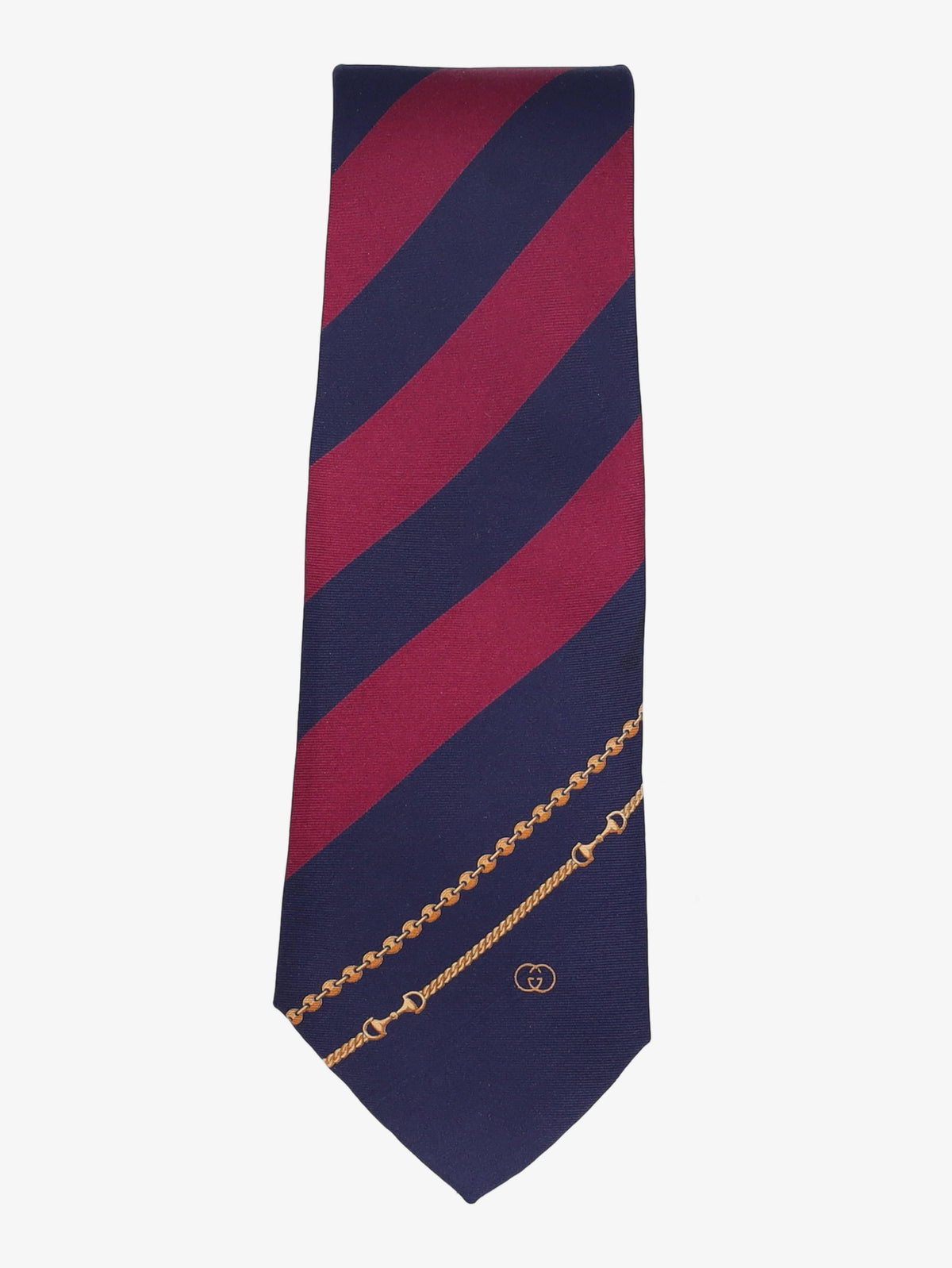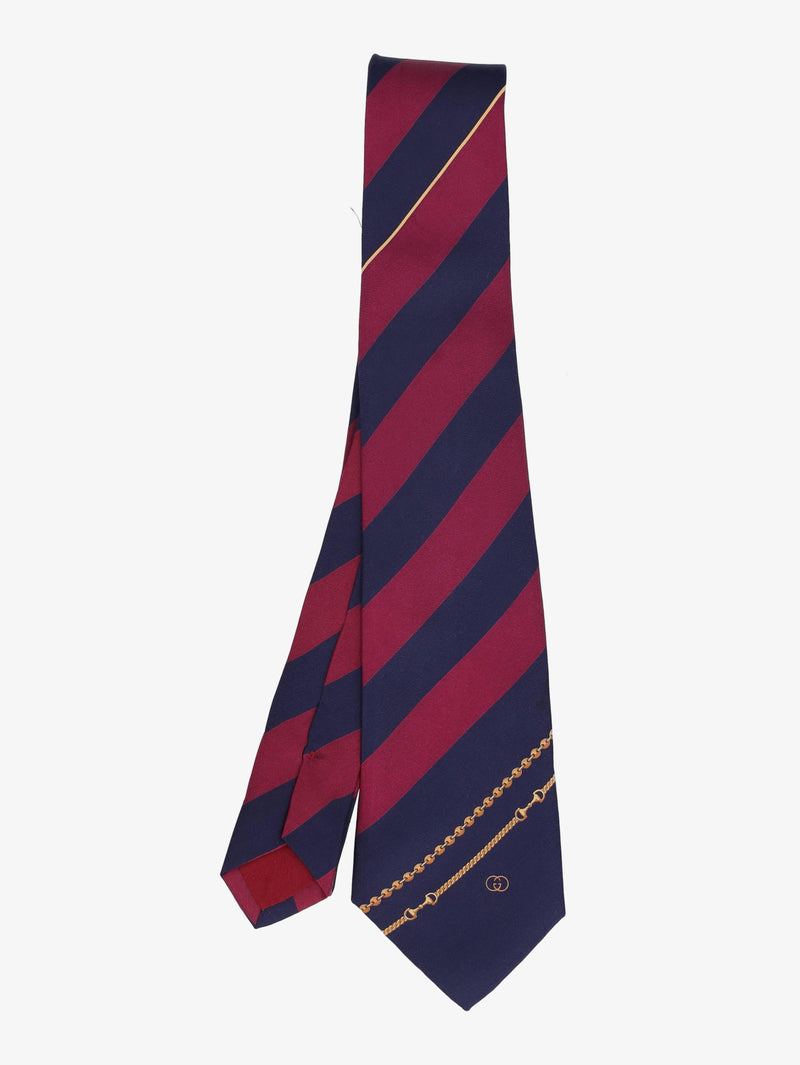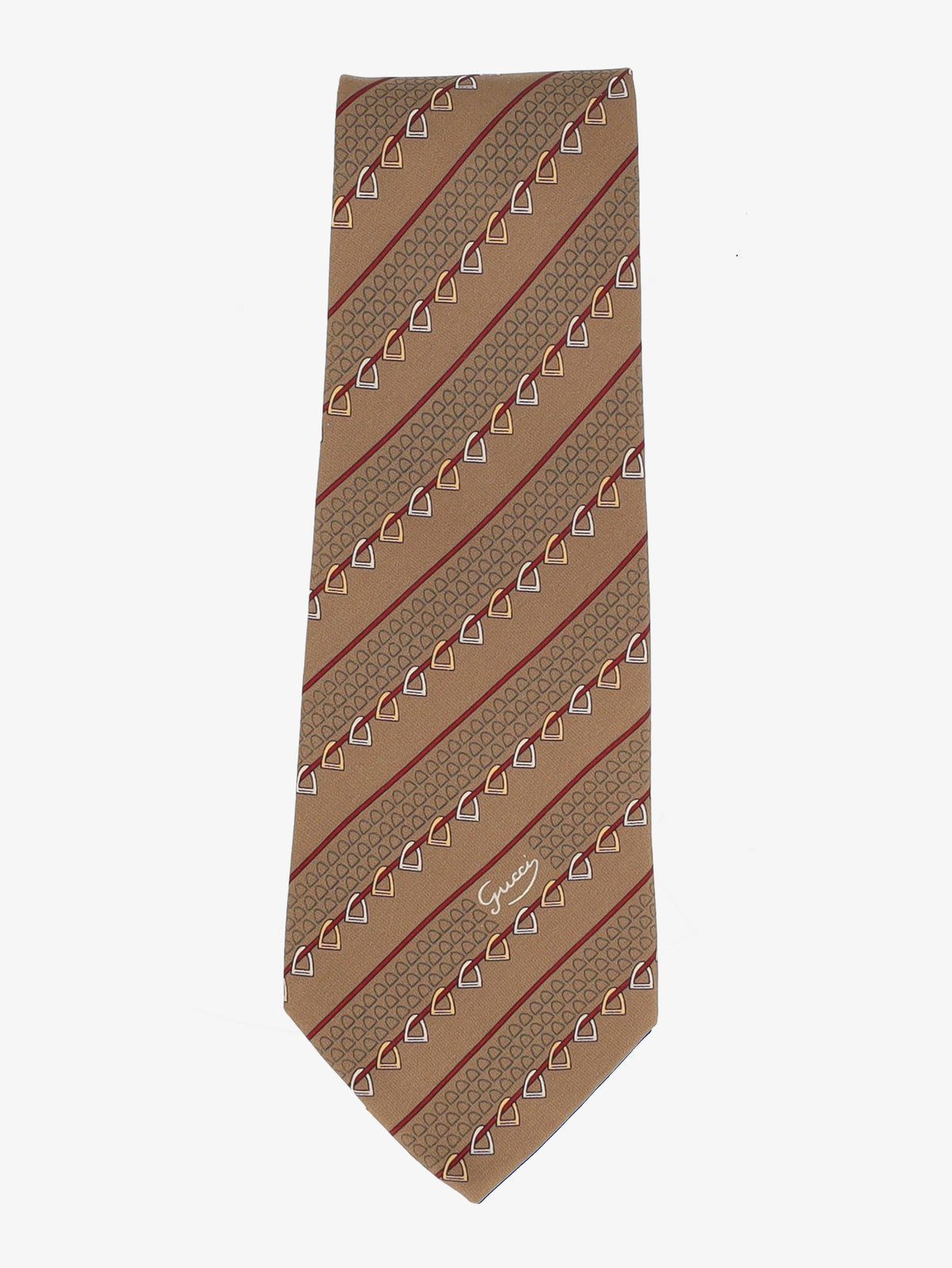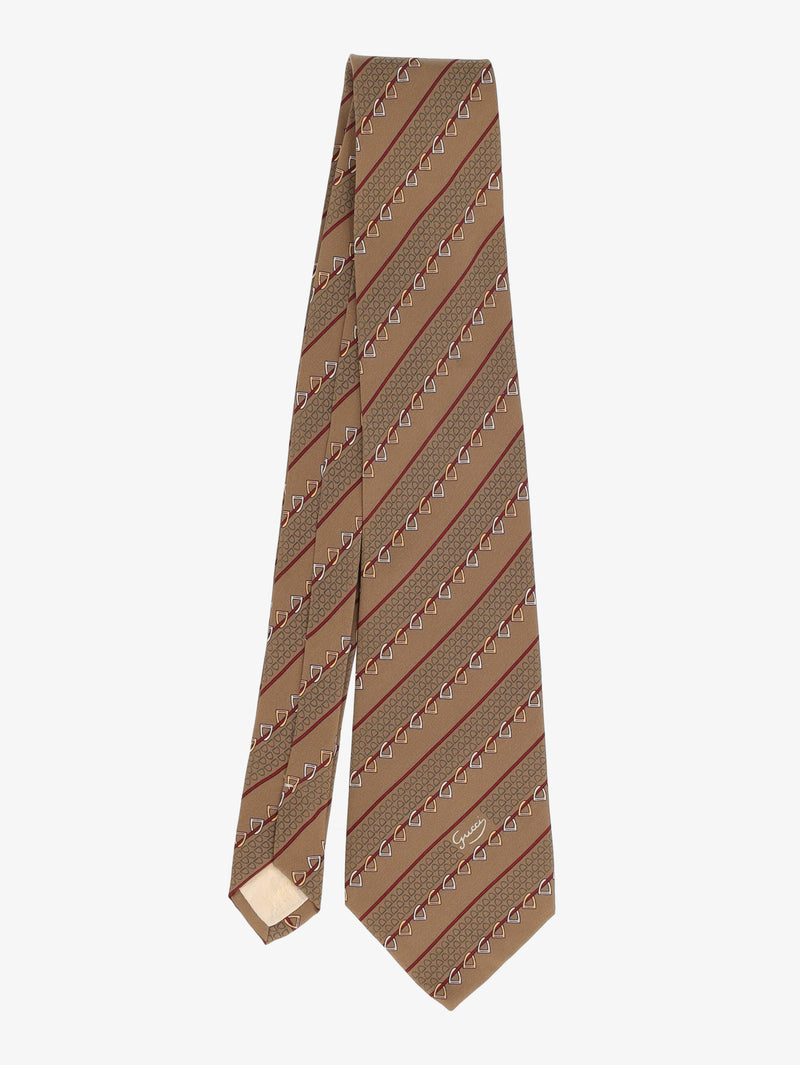GUCCI AND “LA DOLCE VITA”
Despite having undergone many evolutions and radical transformations over the years, Gucci is mainly associated with the years of the Dolce Vita. At that time, the brand became an emblem of Made in Italy, with products such as the Bamboo bag, the iconic loafer and the Flora scraf flaunted by the likes of Grace Kelly, Audrey Hepburn, Jane Birkin and Jackie Onassis, muse of the famous Jackie O bag.
The unique design and high quality craftsmanship of Florentine tradition which make Gucci a stand-out label, allowed the brand to distinguish itself already in the Twenties.
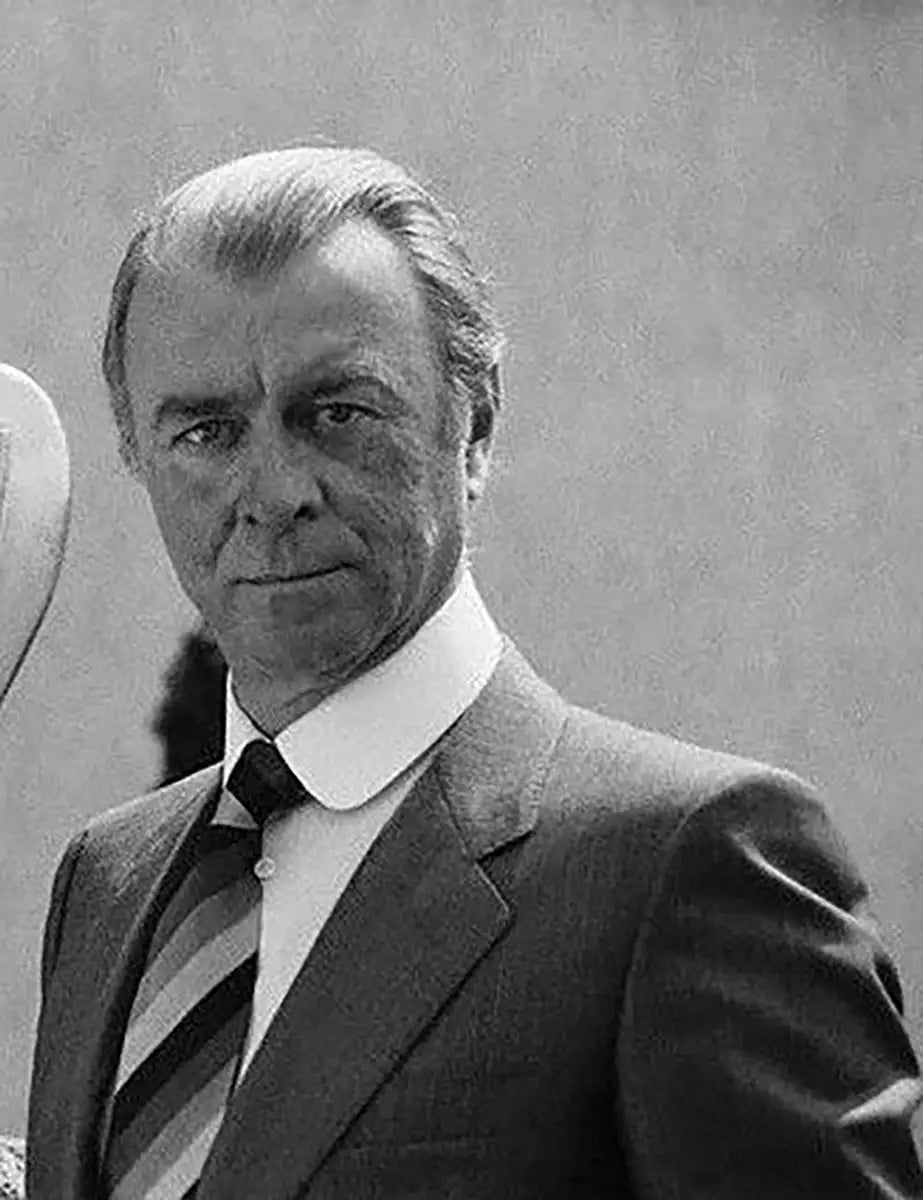
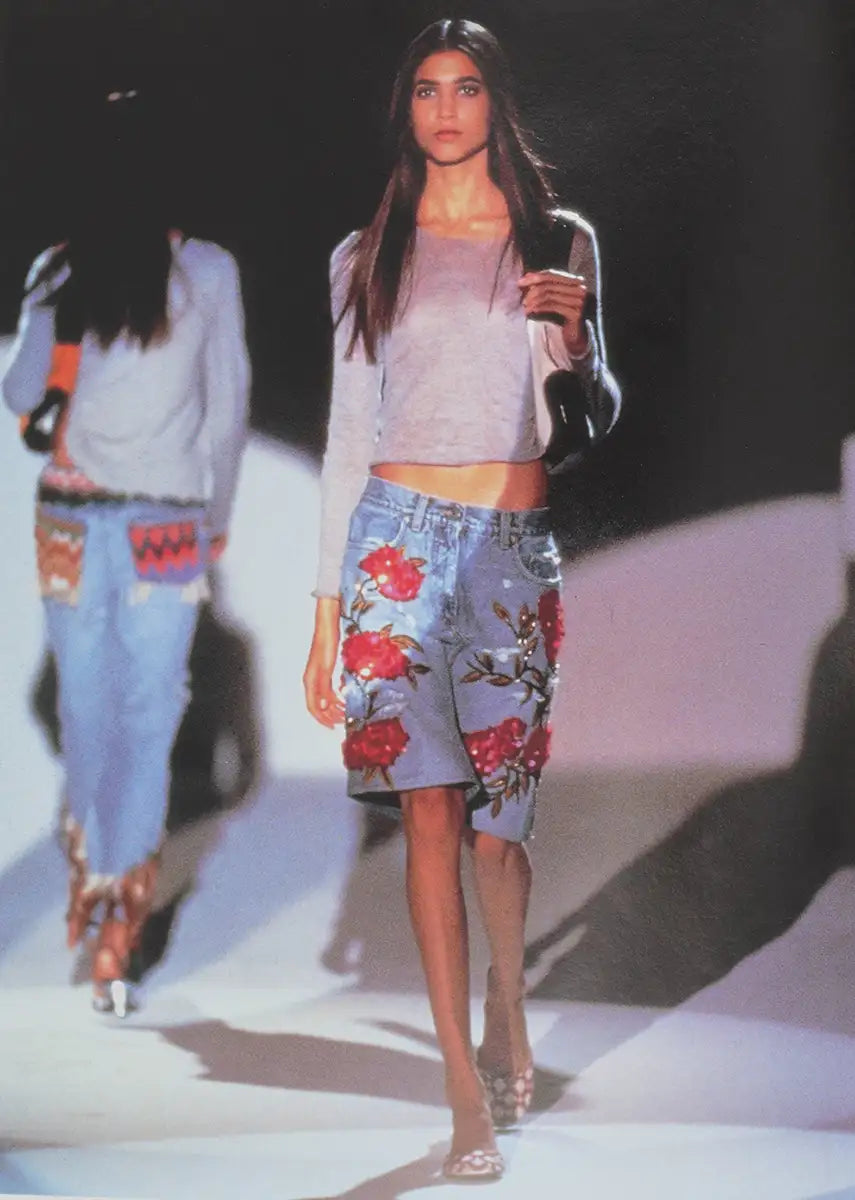
THE FIRST GUCCI BAGS
Guccio Gucci, future founder of the Gucci label, was born in Florence in 1881. At the age of 17, he decided to seek his fortune abroad. In London, he was hired as a doorman at the Savoy Hotel, one of the most exclusive hotels in the world. Here he worked close to high-ranking, upper-class people, surrounded by luxury and wealth and acquiring a strong sense of quality and style. Above all, he was fascinated by the refined luggage, bags and suitcases of the prestigious guests.
In 1921, back in Florence, Gucci opened his first store - Azienda Individuale Guccio Gucci - together with a small workshop which produced simple leather goods and suitcases. In 1925, his name became famous thanks to a travel bag with an innovative design.
When Guccio Gucci died in 1953, the company was inherited by his three sons - Aldo, Rodolfo and Vasco.
THE GUCCI MURDER
Between the Eighties and the Nineties, after the brand had moved its HQ to Milan and the city was all fun and parties, the Gucci family was actually going through serious problems. Eventually, a family feud culminated with the arrest of Aldo Gucci for tax evasion, and the Gucci brand was eventually sold by the last heir of the house, Muarizio, to a multinational holding. But the worst was yet to come.
In 1995, Maurizio Gucci was shot dead just outside his office, in the center of Milan. The woman behind the murder turned out to be his ex-wife, Patrizia Reggiani. The glamorous luxury and fashion Milan was completely in shock.
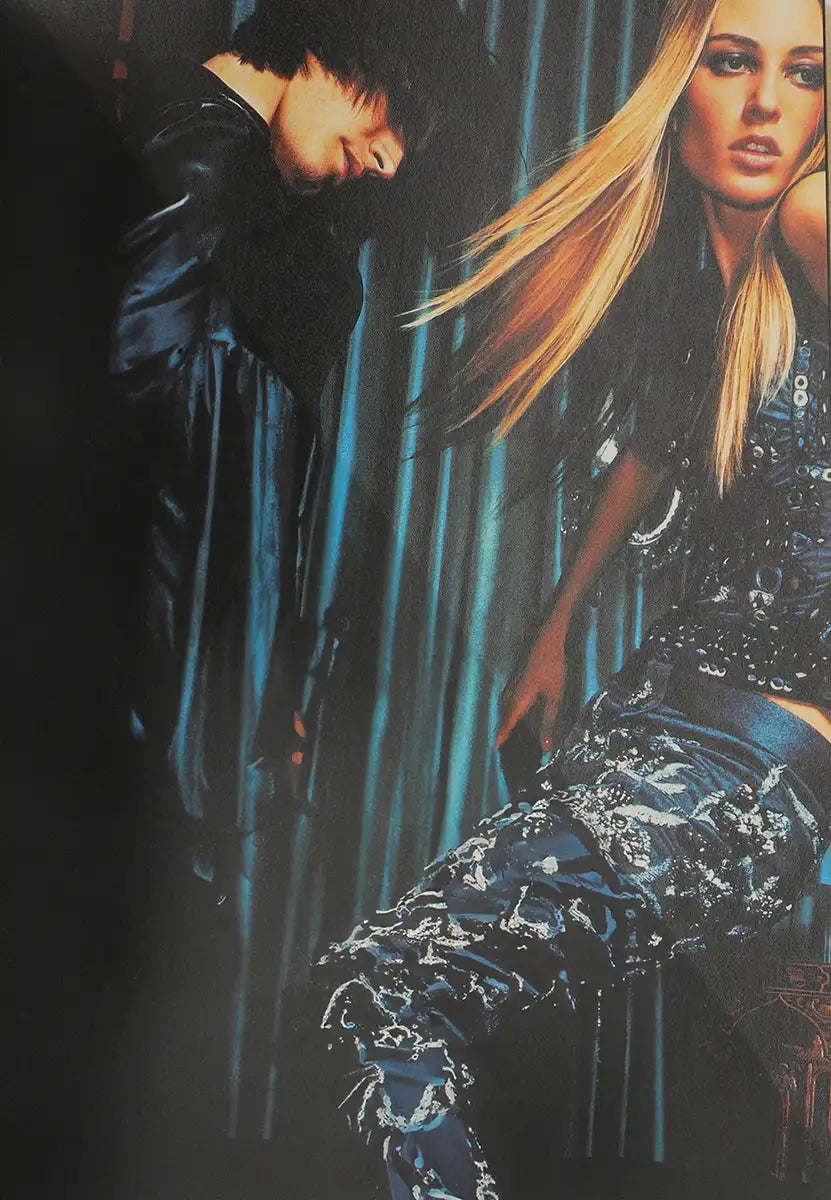

TOM FORD ERA
It was left to a semi-unknown Tom Ford to raise the fate of a brand now in decline. His catwalk debut as director of the brand took place in the spring/summer 95, a collection whose importance cannot be overestimated: on the one hand it showed the new, radical vision of Gucci, on the other it marked a new beginning for Nineties fashion.
Unbuttoned satin shirts, low-rise velvet trousers in midnight blue, emerald green and ruby red, thongs for both women and men, bare backs all the way to the buttocks, leather inserts and all too allusive advertising campaigns. Gucci became sexy.
Those were the years of the heavily-logoed accessories in pure Nineties style, of the mini dresses worn by Kate Moss, iconic face of the brand, and of the red velvet suit worn by Gwyneth Paltrow in 1996, recently re-proposed for the centenary of the brand.
GUCCI TODAY: ALESSANDRO MICHELE’S VINTAGE
Since 2014, the brand has been under the creative direction of Alessandro Michele. His intellectual and shabby-chic style, apparently casual but actually highly sought-after mix of garments, and reinterpretations of historical elements, have made the brand once again an icon while at the same relaunching the interest for vintage in the world.

Gucci White Leather Sneakers
- Regular Price
- ¥55,900
- Sale Price
- ¥55,900
- Regular Price
-
- Unit Price
- Translation missing: en.general.accessibility.unit_price_separator
Gucci Pleated Pants
- Regular Price
- ¥28,000
- Sale Price
- ¥28,000
- Regular Price
-
- Unit Price
- Translation missing: en.general.accessibility.unit_price_separator
Gucci Red Ballerina With Bow
- Regular Price
- ¥37,300
- Sale Price
- ¥37,300
- Regular Price
-
- Unit Price
- Translation missing: en.general.accessibility.unit_price_separator
Gucci Black Shearling
- Regular Price
- ¥1,116,600
- Sale Price
- ¥1,116,600
- Regular Price
-
- Unit Price
- Translation missing: en.general.accessibility.unit_price_separator
Gucci Geometrical Print Tie
- Regular Price
- ¥16,800
- Sale Price
- ¥16,800
- Regular Price
-
- Unit Price
- Translation missing: en.general.accessibility.unit_price_separator
Gucci Flora Camera Bag
- Regular Price
- ¥80,100
- Sale Price
- ¥80,100
- Regular Price
-
- Unit Price
- Translation missing: en.general.accessibility.unit_price_separator
Gucci Orange Jackie 1961 Bag
- Regular Price
- ¥148,900
- Sale Price
- ¥148,900
- Regular Price
-
- Unit Price
- Translation missing: en.general.accessibility.unit_price_separator
Gucci Flora Pochette
- Regular Price
- ¥61,500
- Sale Price
- ¥61,500
- Regular Price
-
- Unit Price
- Translation missing: en.general.accessibility.unit_price_separator
Gucci Chocolate Suede Thin Belt
- Regular Price
- ¥33,500
- Sale Price
- ¥33,500
- Regular Price
-
- Unit Price
- Translation missing: en.general.accessibility.unit_price_separator
Gucci Bicolour Buckle Belt
- Regular Price
- ¥46,600
- Sale Price
- ¥46,600
- Regular Price
-
- Unit Price
- Translation missing: en.general.accessibility.unit_price_separator
Gucci Burgundy Suede Buckle Belt
- Regular Price
- ¥46,600
- Sale Price
- ¥46,600
- Regular Price
-
- Unit Price
- Translation missing: en.general.accessibility.unit_price_separator
Gucci Chocolate Suede Buckle Belt
- Regular Price
- ¥46,600
- Sale Price
- ¥46,600
- Regular Price
-
- Unit Price
- Translation missing: en.general.accessibility.unit_price_separator
Gucci Black Suede Buckle Belt
- Regular Price
- ¥46,600
- Sale Price
- ¥46,600
- Regular Price
-
- Unit Price
- Translation missing: en.general.accessibility.unit_price_separator
Gucci Flora Maxi Belt
- Regular Price
- ¥28,000
- Sale Price
- ¥28,000
- Regular Price
-
- Unit Price
- Translation missing: en.general.accessibility.unit_price_separator
Gucci Vintage Buckle Green Belt
- Regular Price
- ¥46,600
- Sale Price
- ¥46,600
- Regular Price
-
- Unit Price
- Translation missing: en.general.accessibility.unit_price_separator
Gucci Black Cocco Chain Bag
- Regular Price
- ¥111,700
- Sale Price
- ¥111,700
- Regular Price
-
- Unit Price
- Translation missing: en.general.accessibility.unit_price_separator
Gucci Vintage Black Cocco Handbag
- Regular Price
- ¥251,300
- Sale Price
- ¥251,300
- Regular Price
-
- Unit Price
- Translation missing: en.general.accessibility.unit_price_separator
Gucci Flora Foulard By V. Accornero
- Regular Price
- ¥48,400
- Sale Price
- ¥48,400
- Regular Price
-
- Unit Price
- Translation missing: en.general.accessibility.unit_price_separator
Gucci Regimental Tie
- Regular Price
- ¥16,800
- Sale Price
- ¥16,800
- Regular Price
-
- Unit Price
- Translation missing: en.general.accessibility.unit_price_separator
Gucci Horsebit Patterned Tie
- Regular Price
- ¥16,800
- Sale Price
- ¥16,800
- Regular Price
-
- Unit Price
- Translation missing: en.general.accessibility.unit_price_separator
